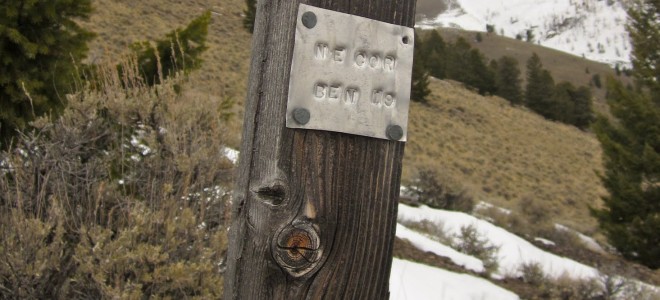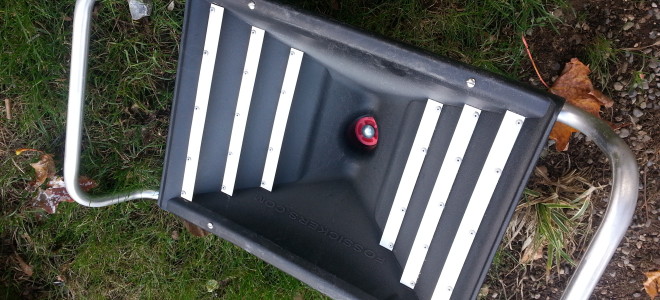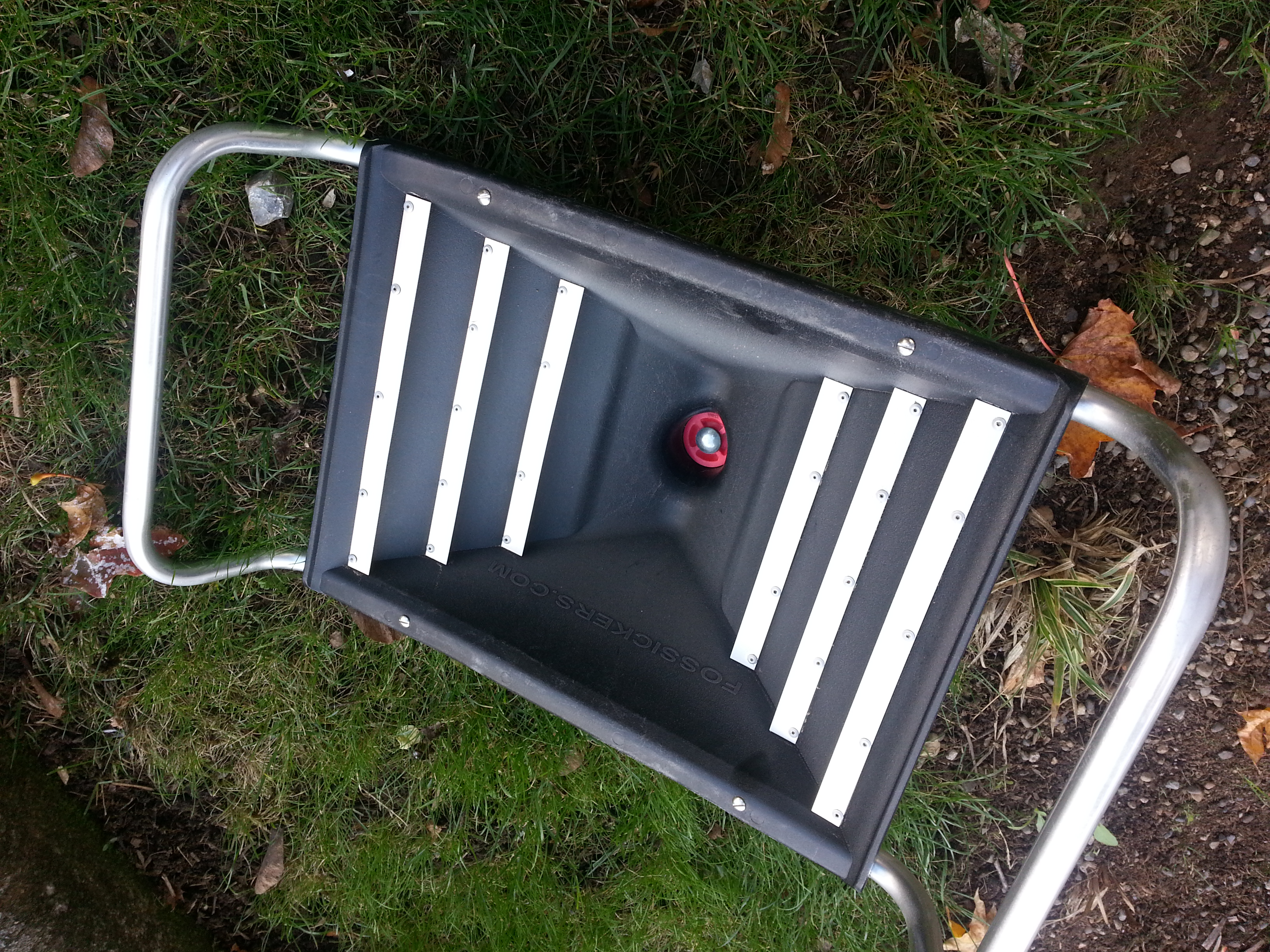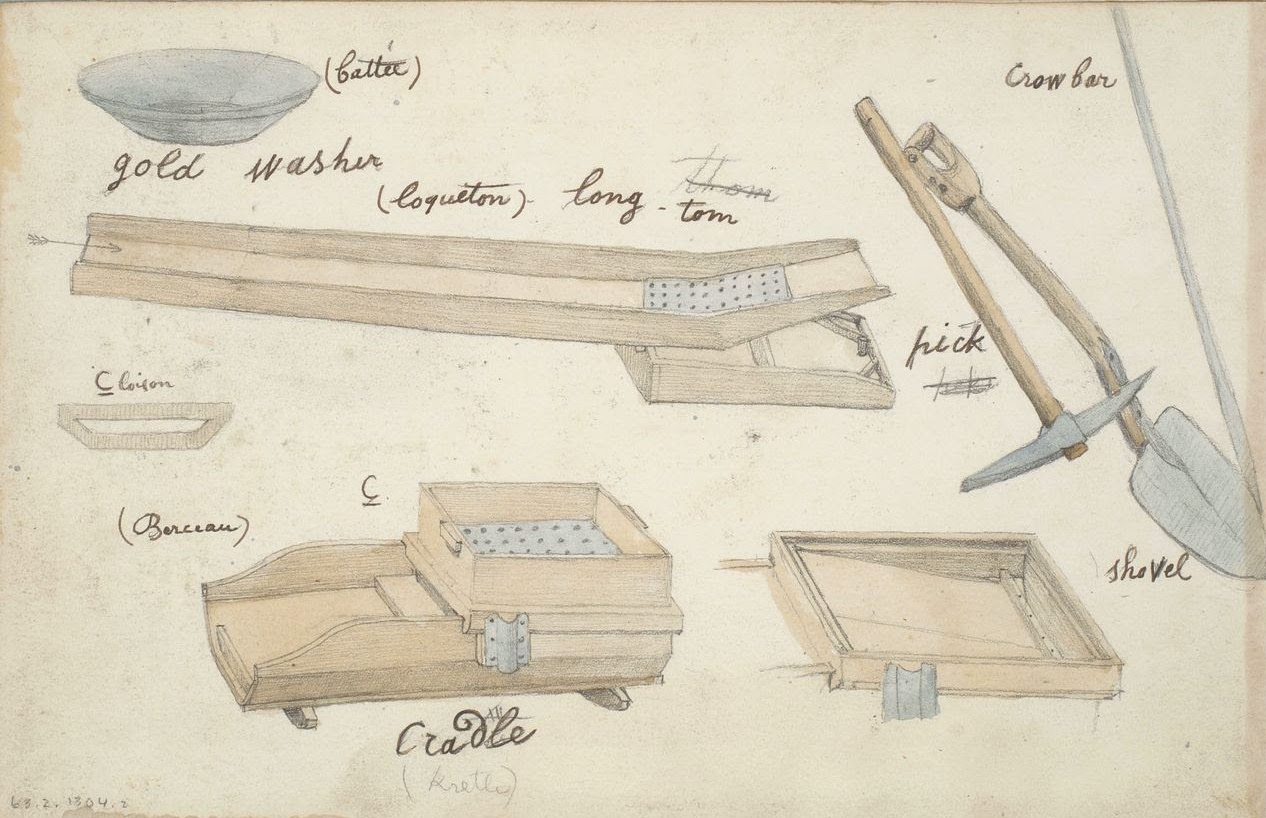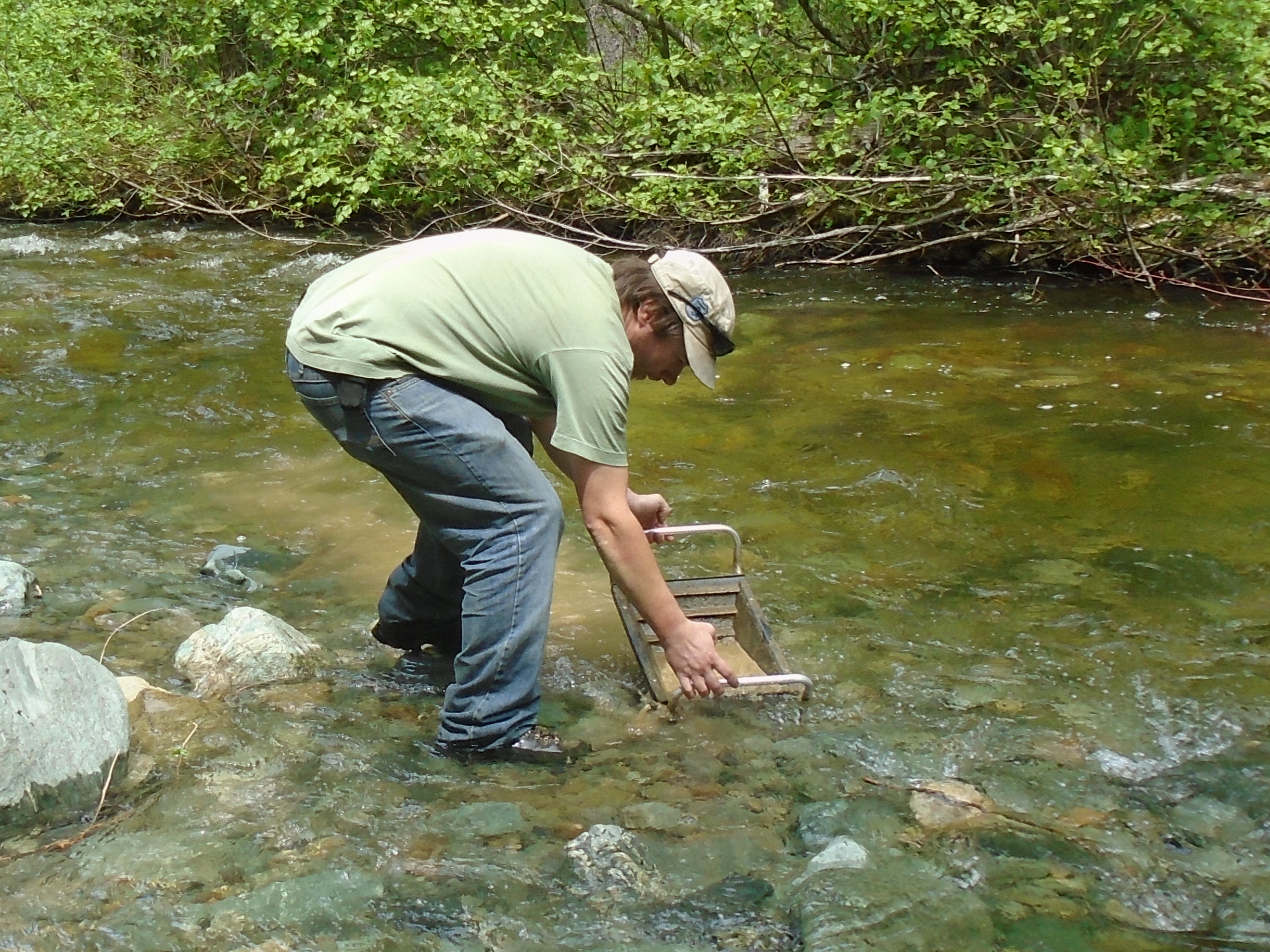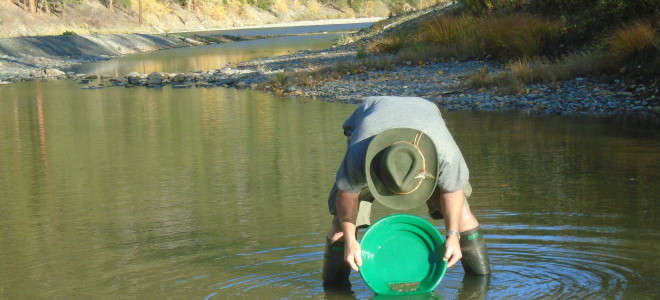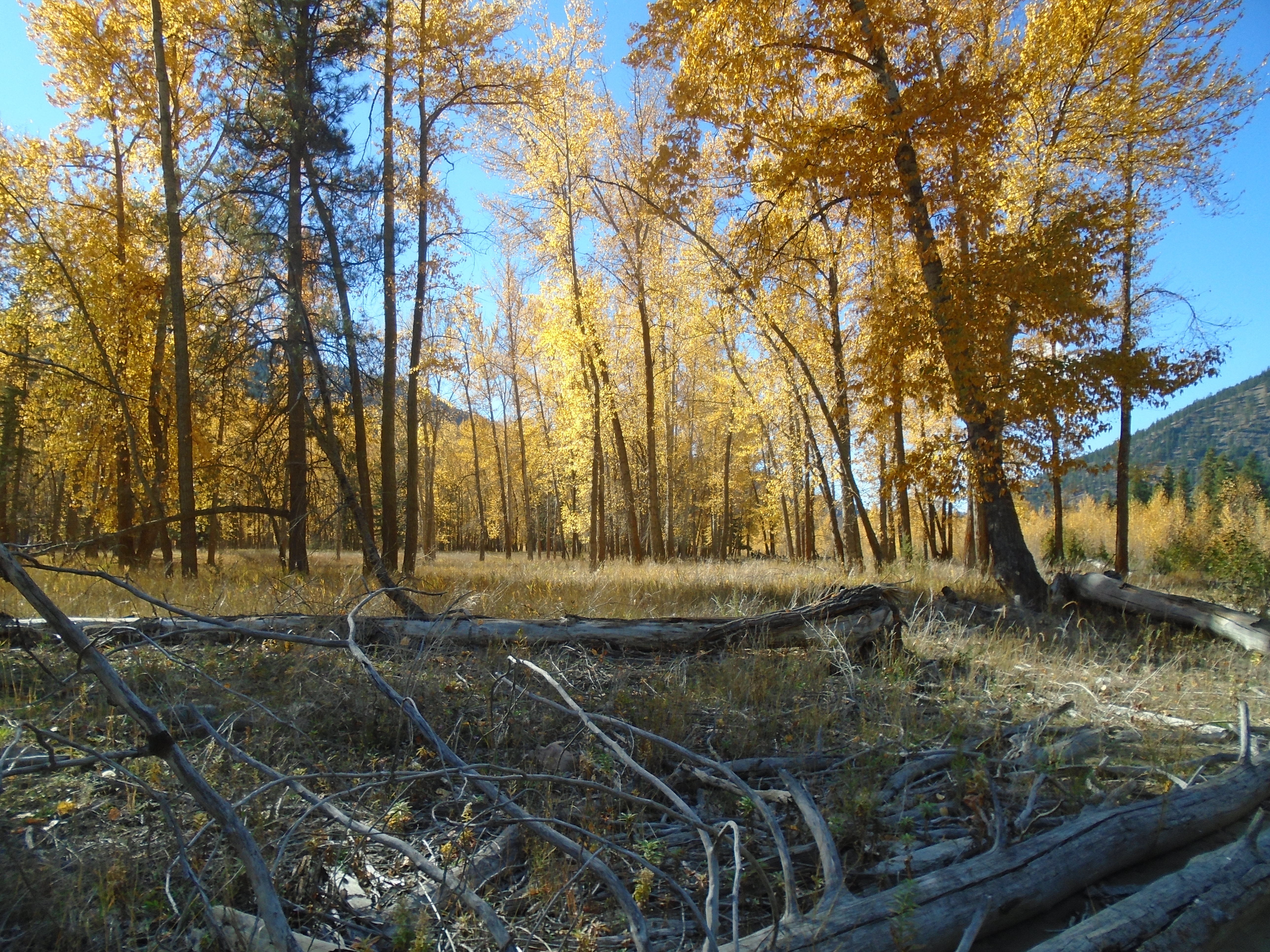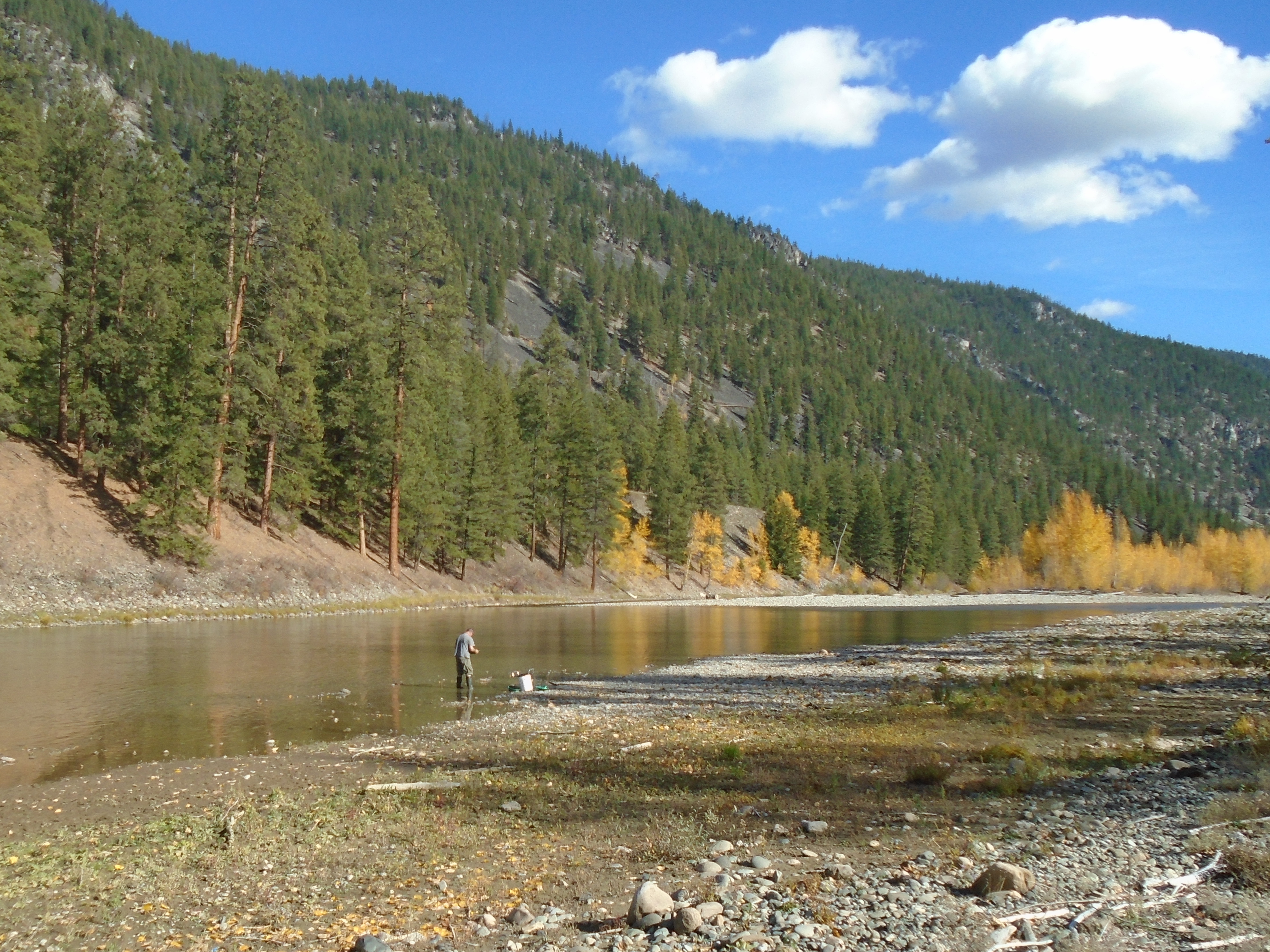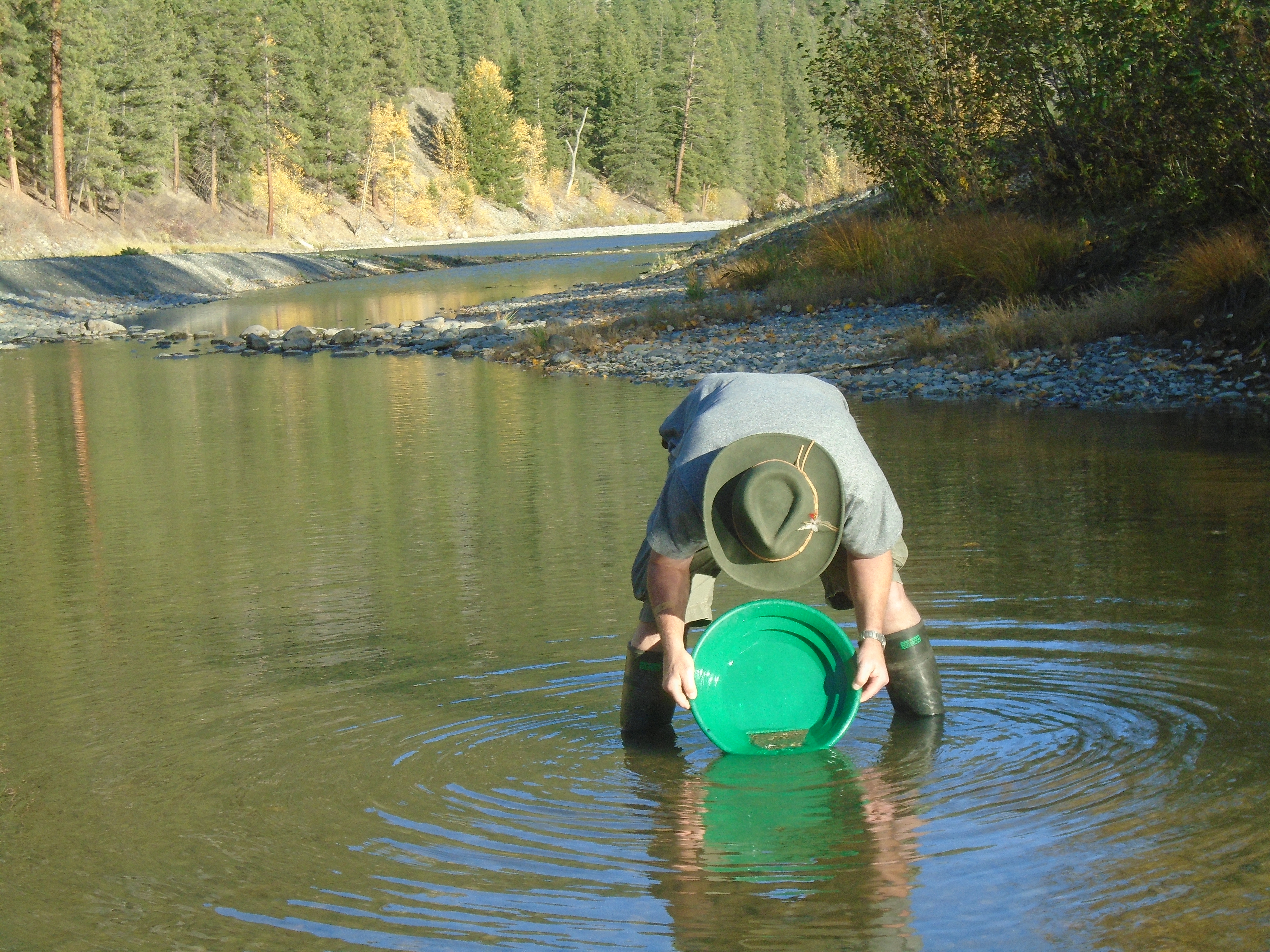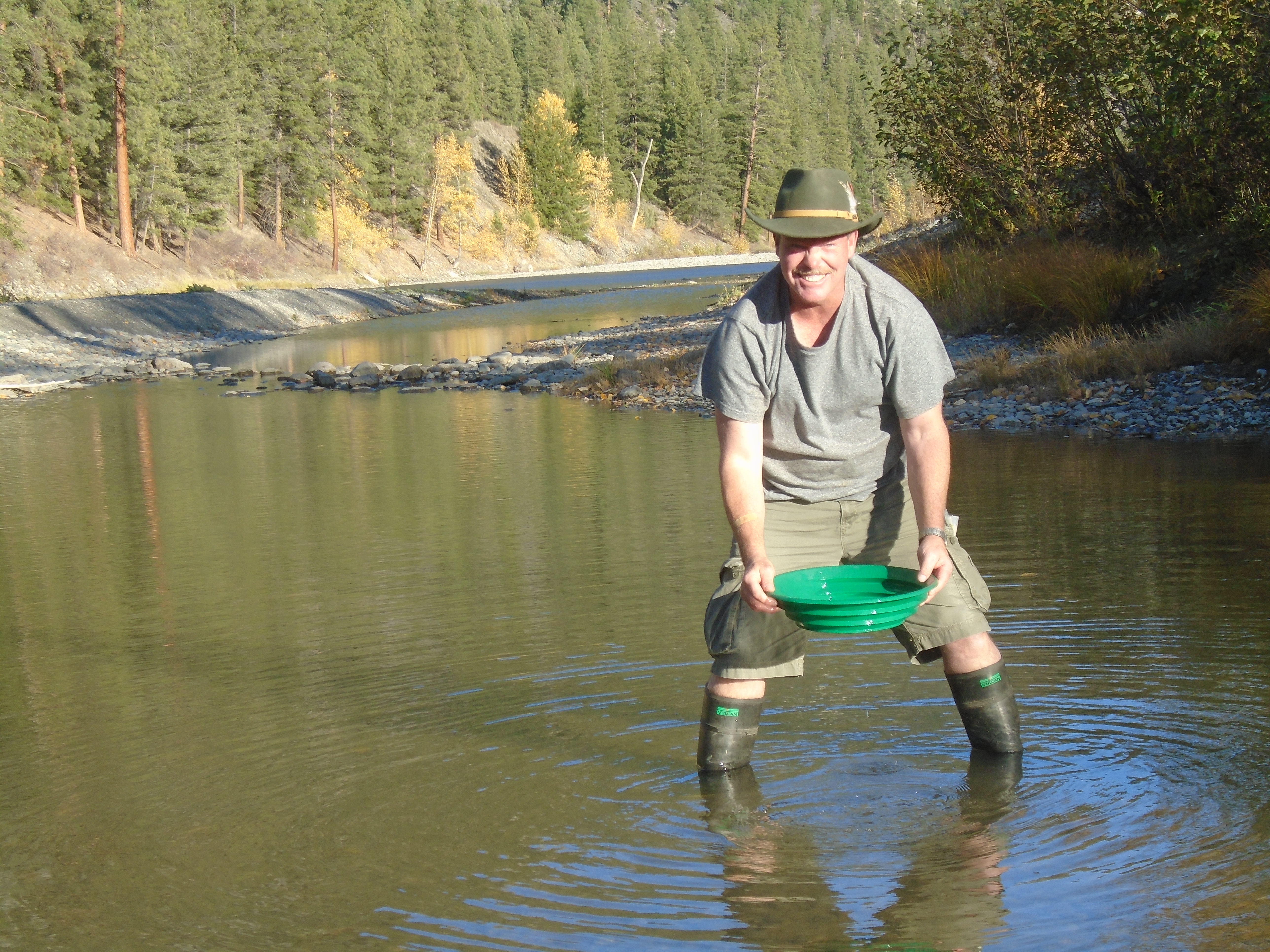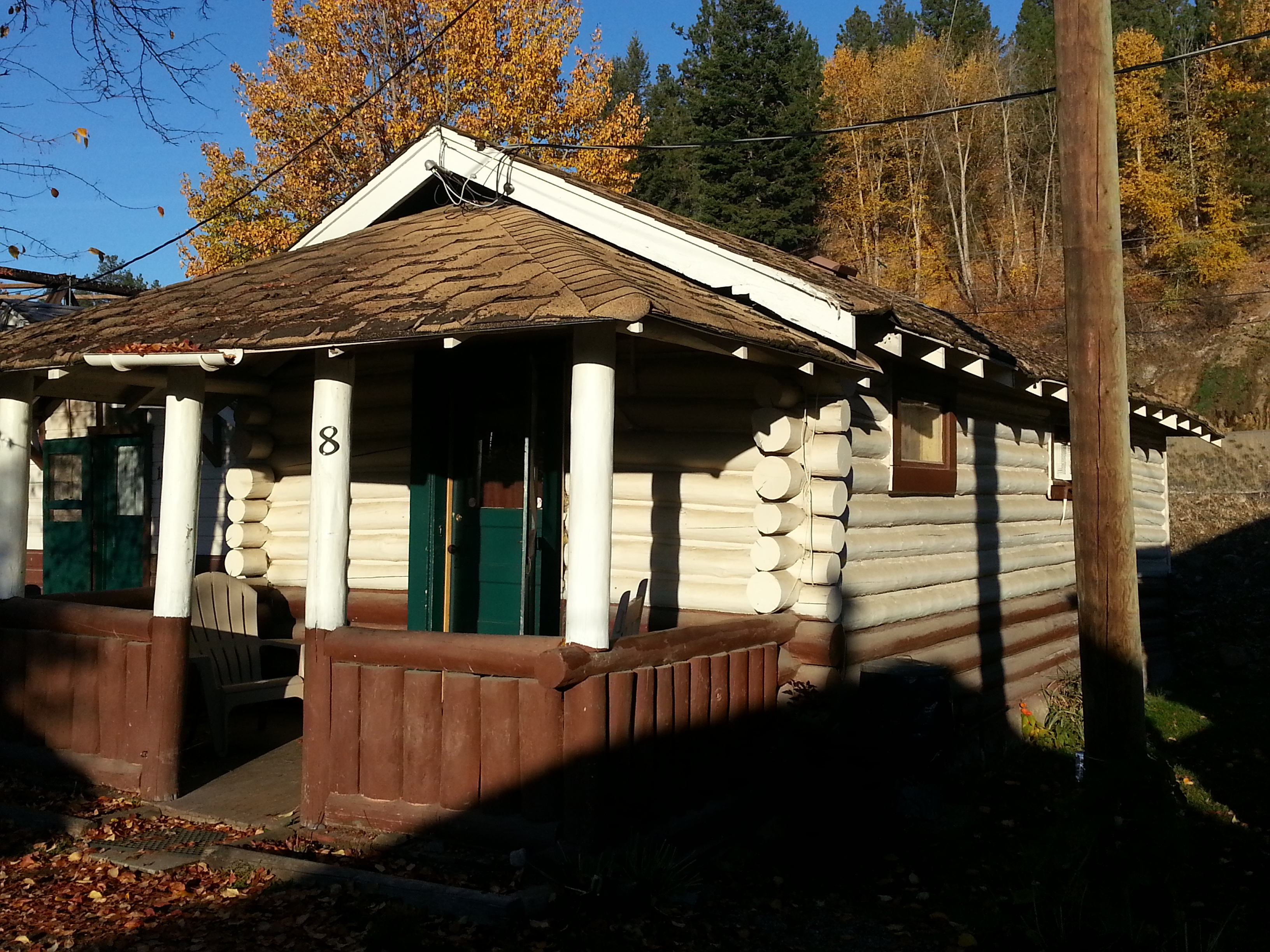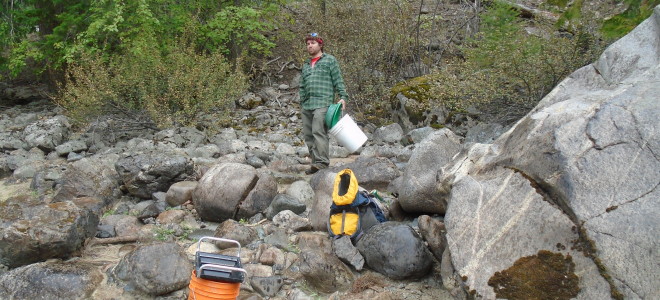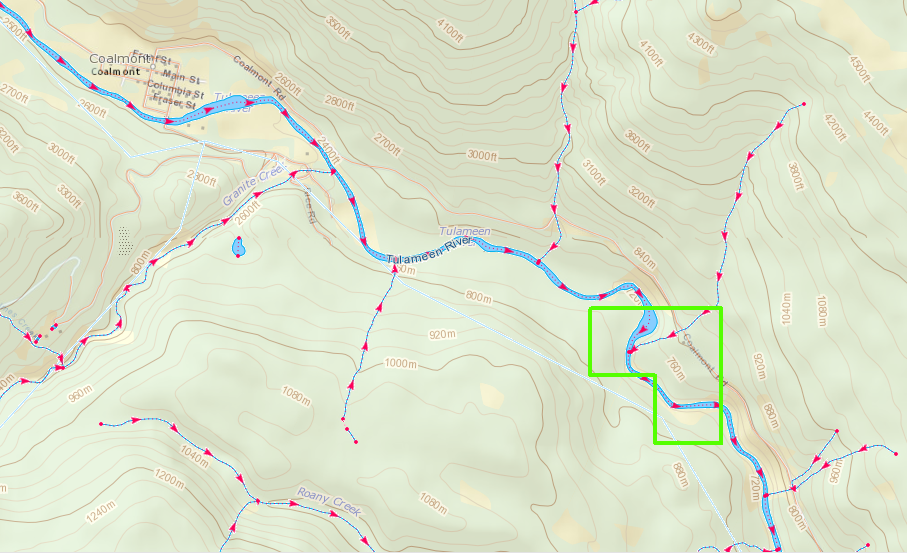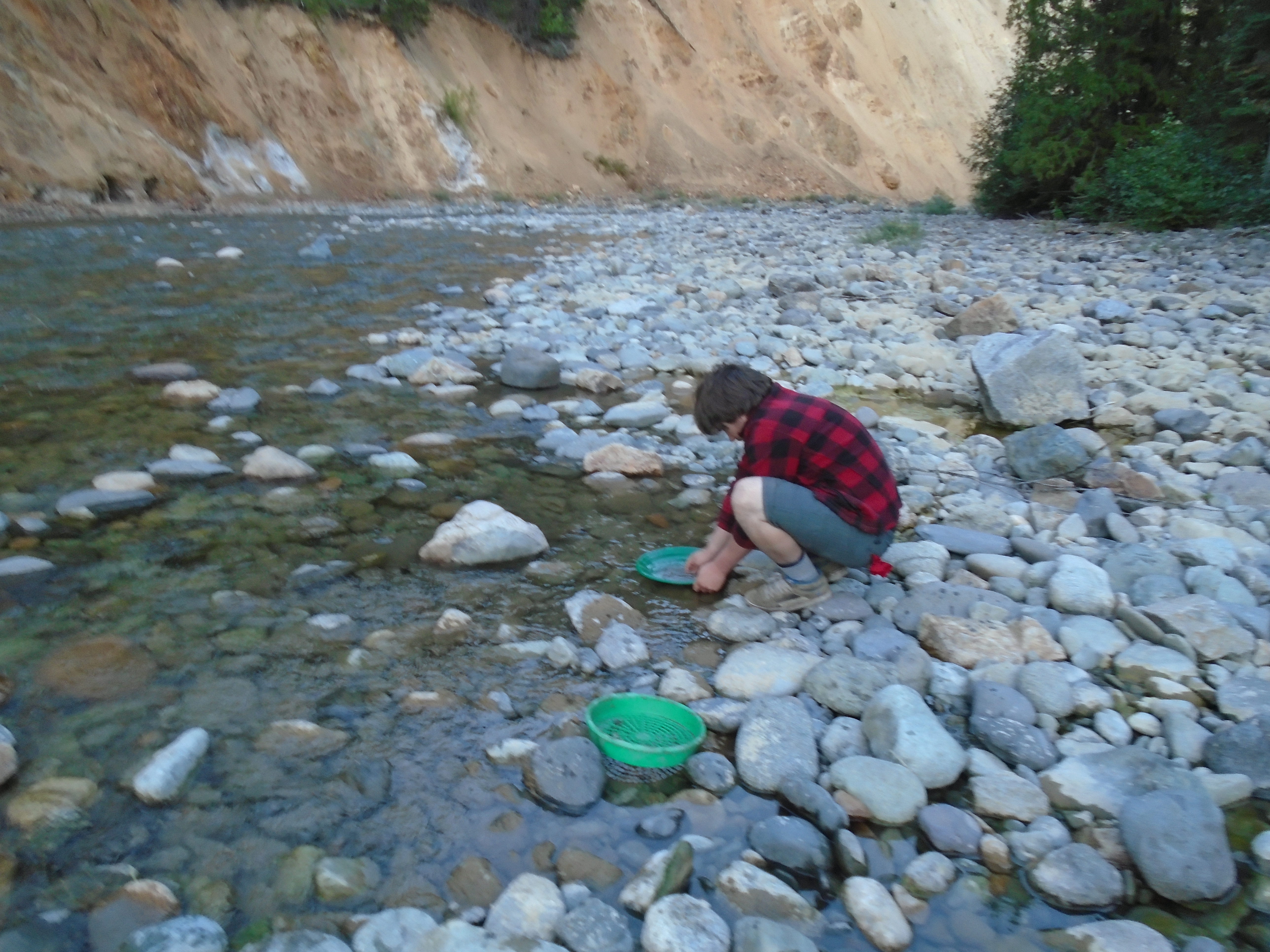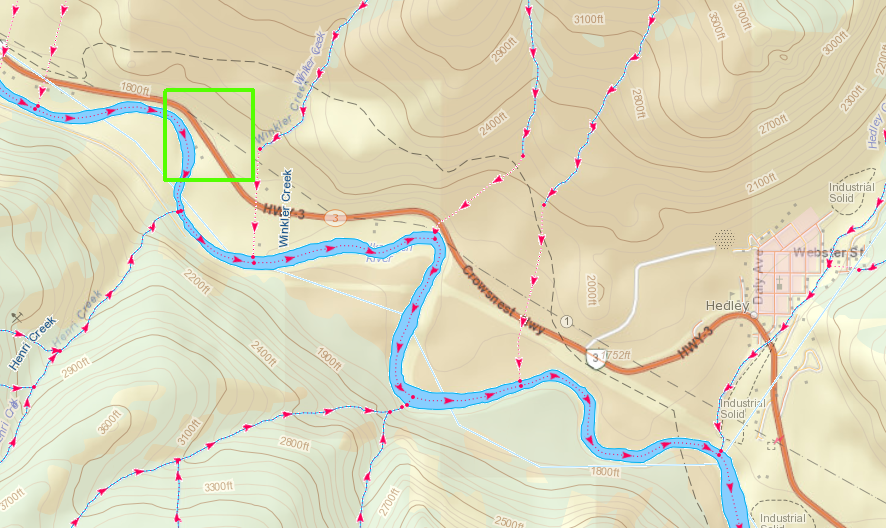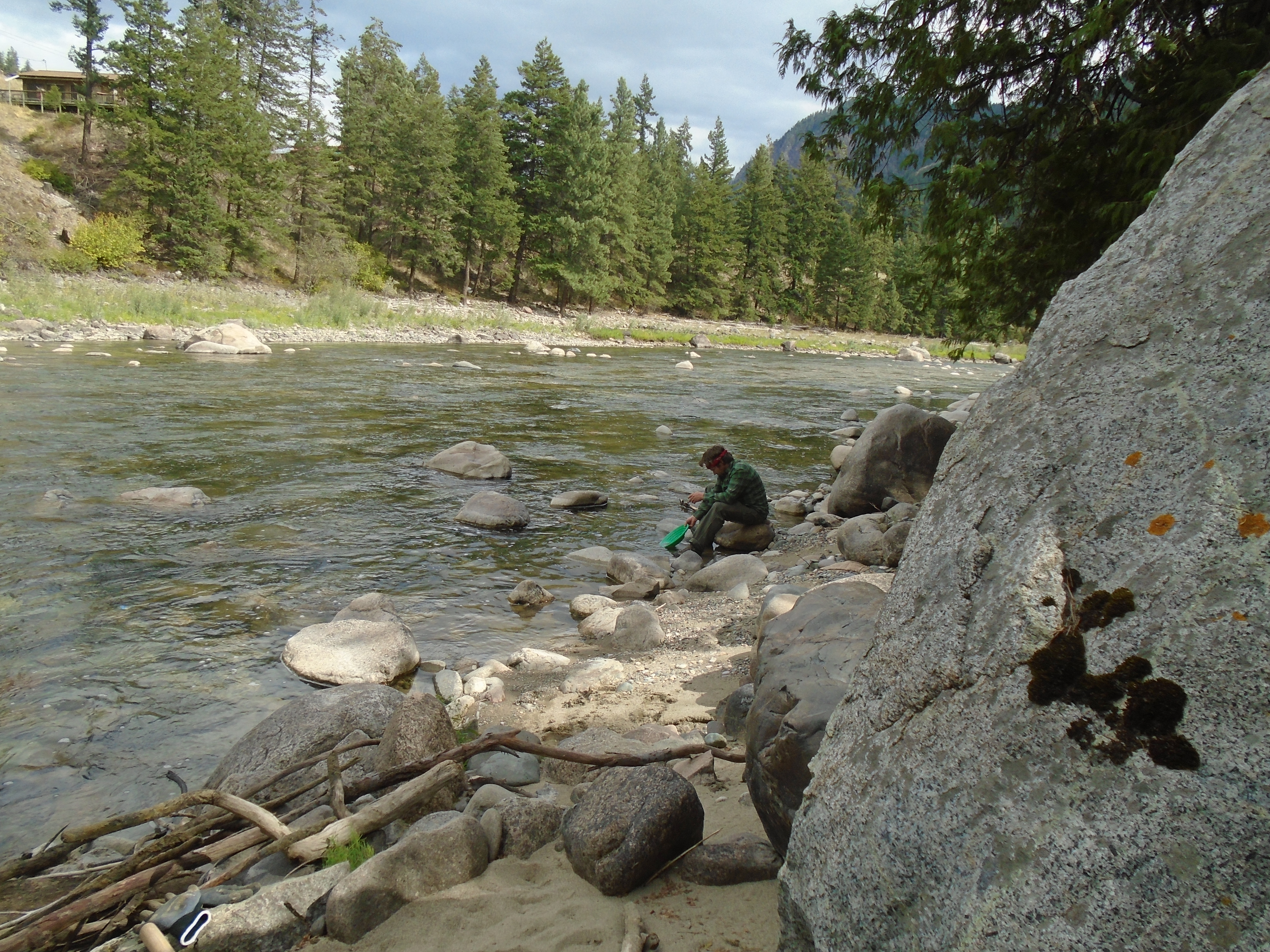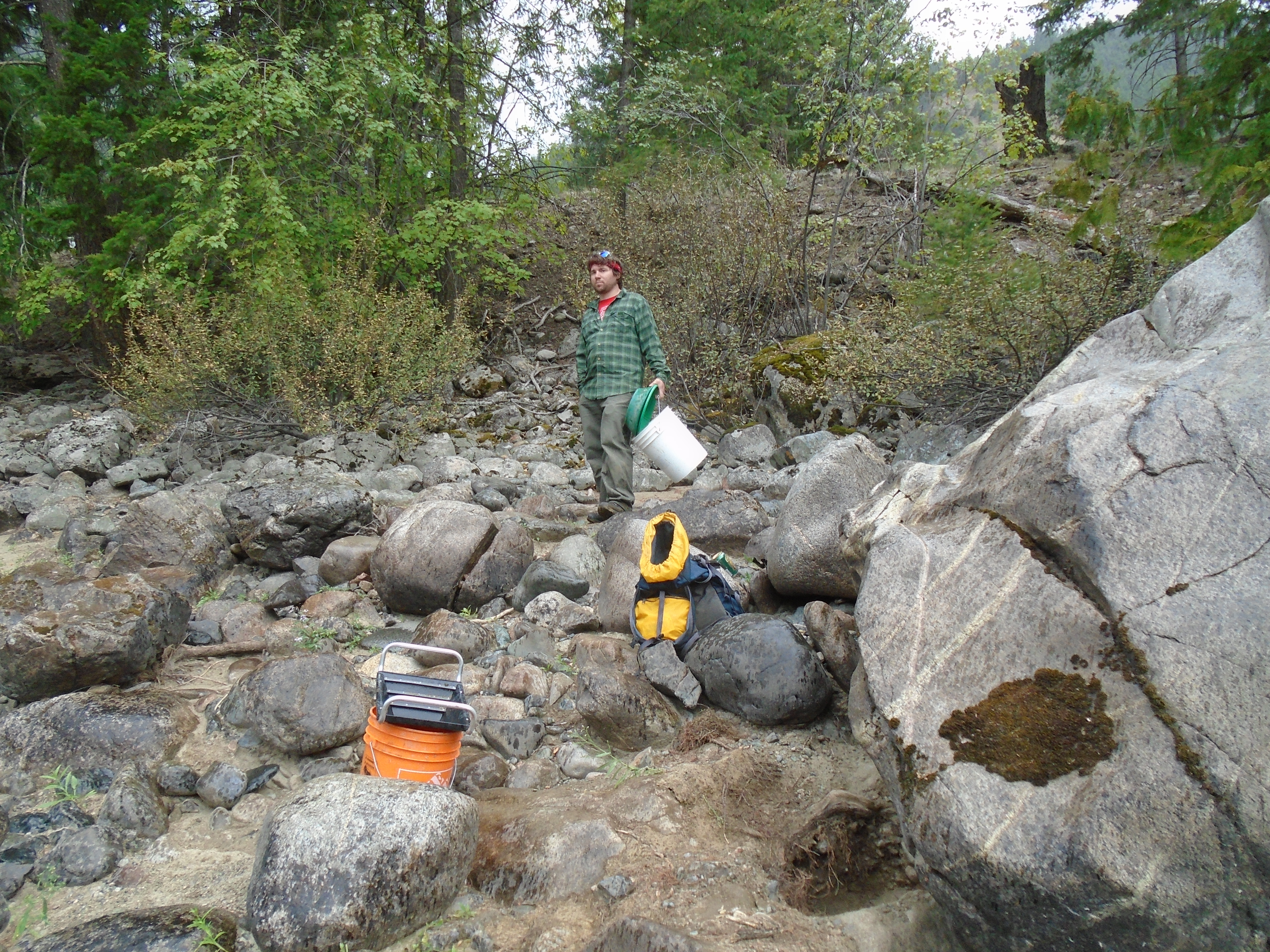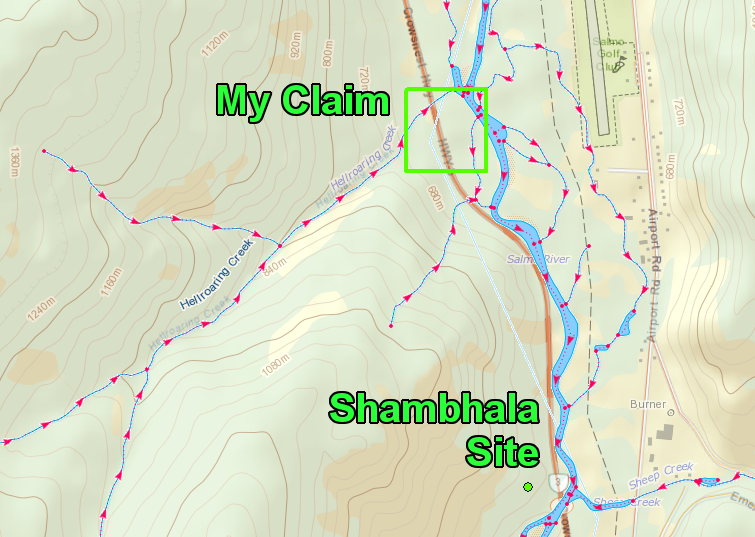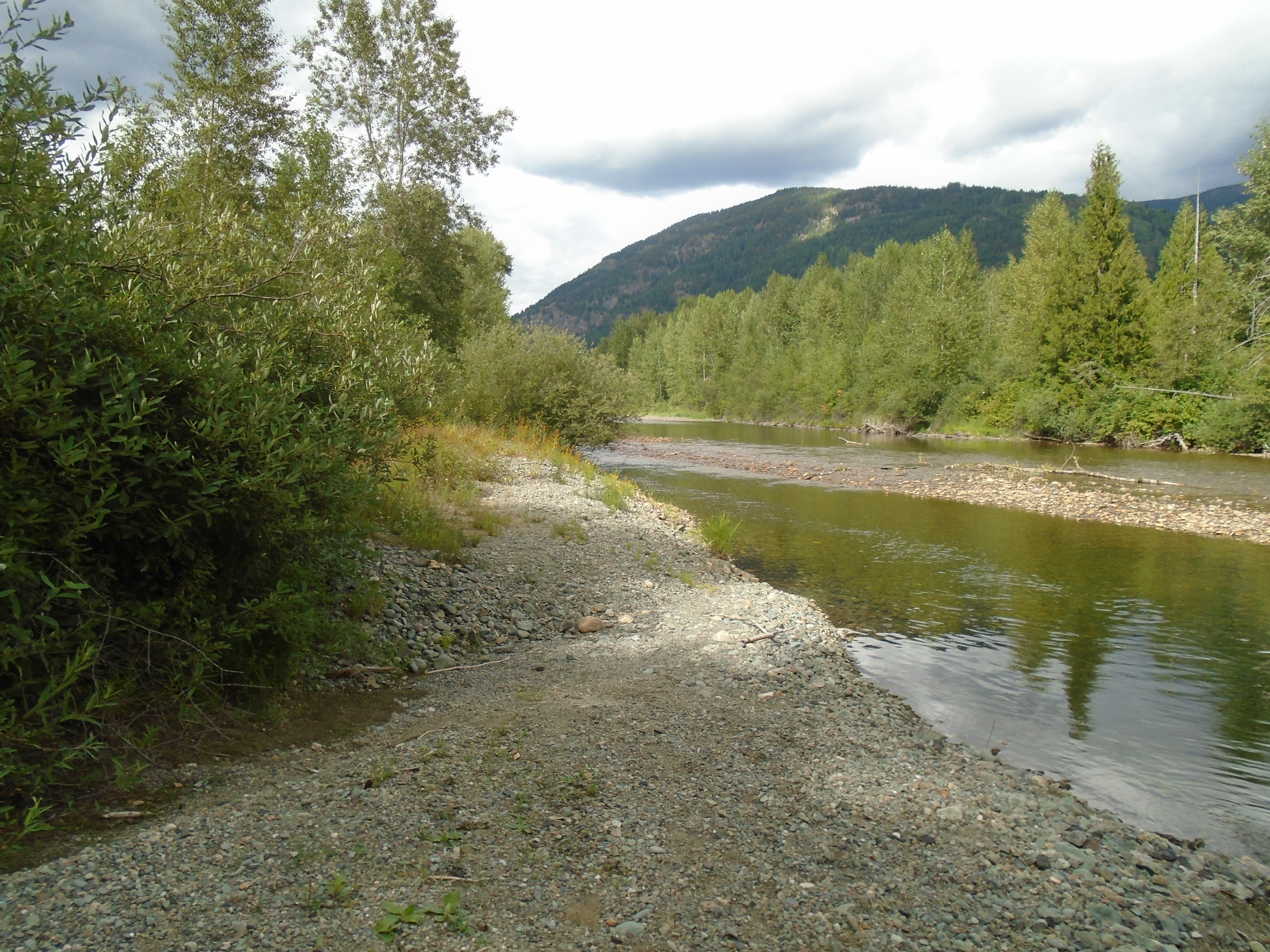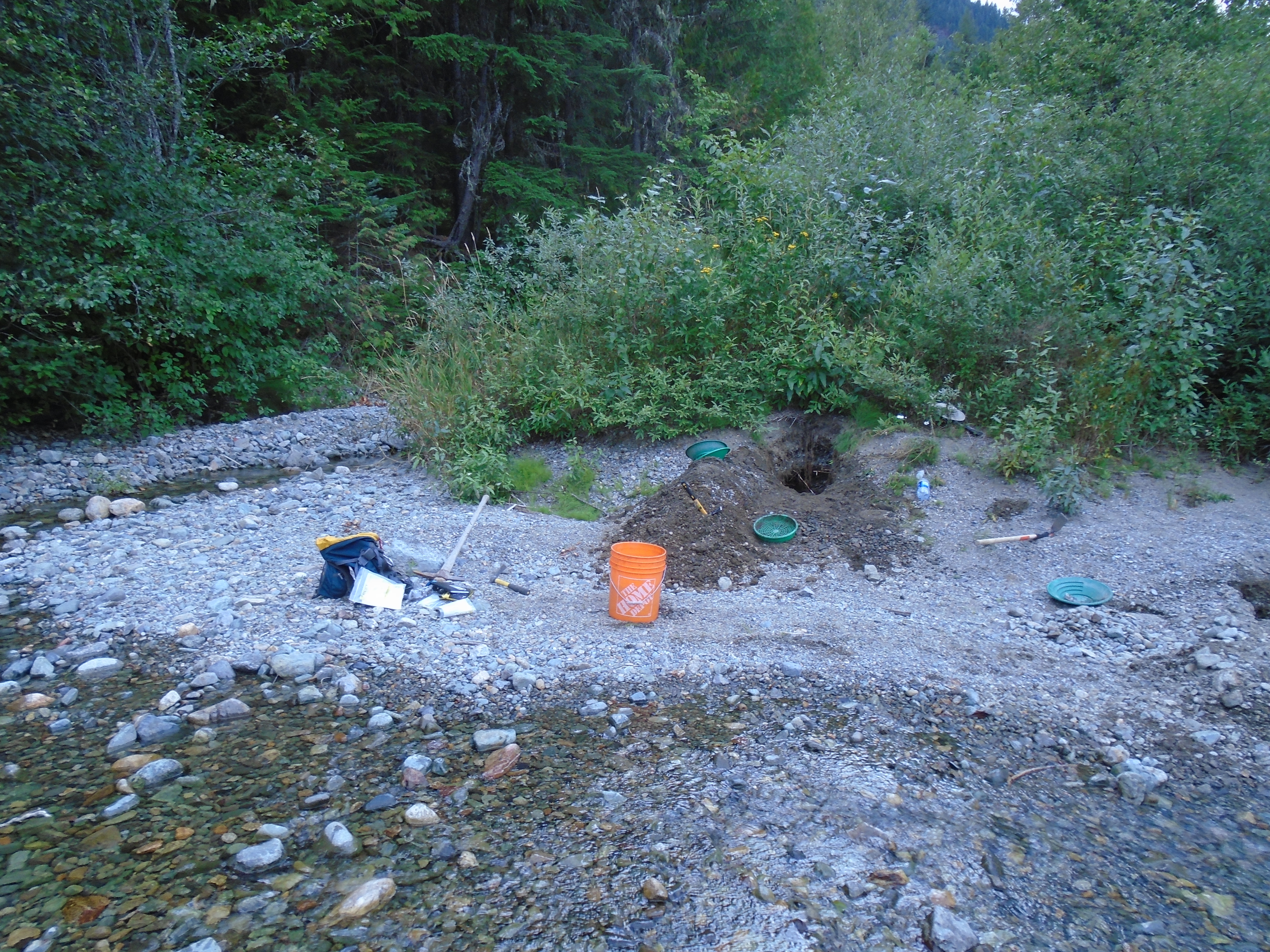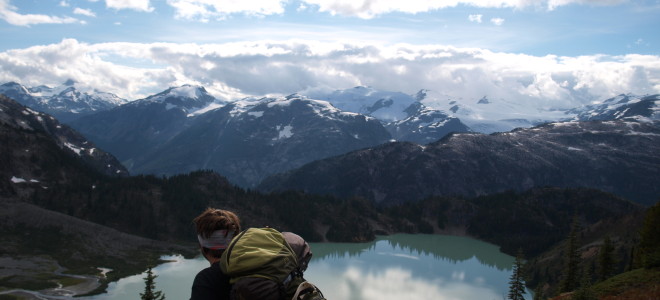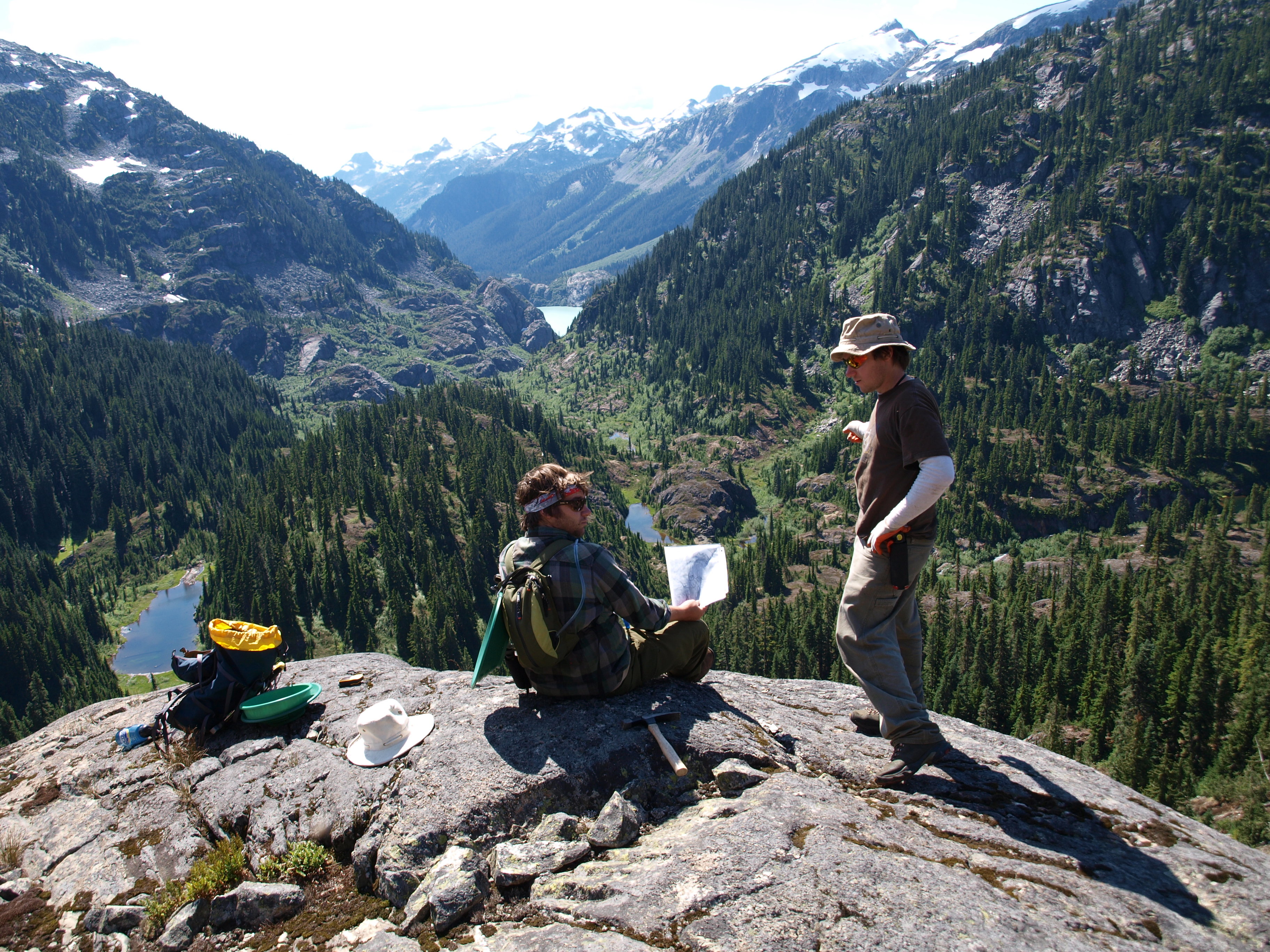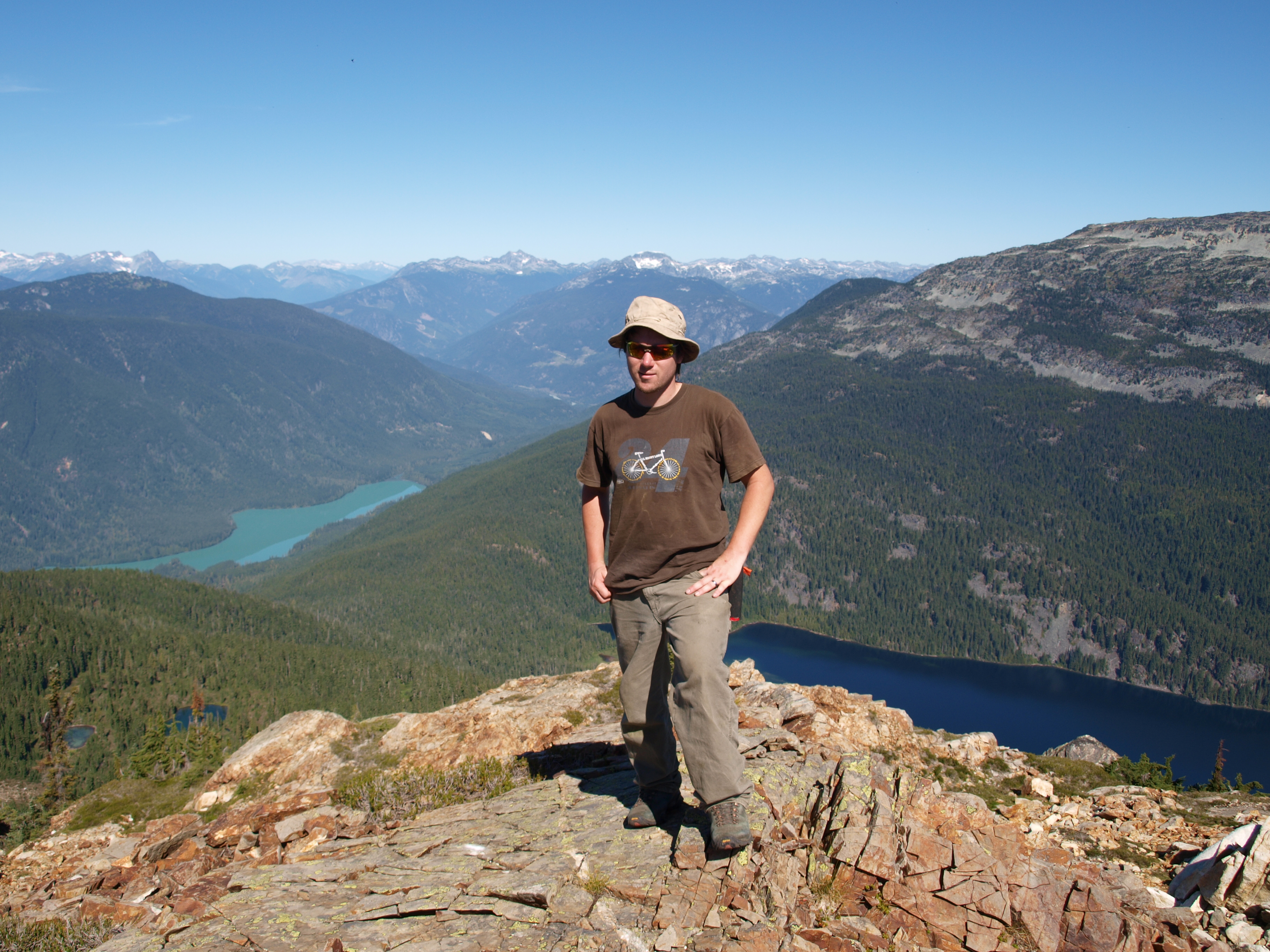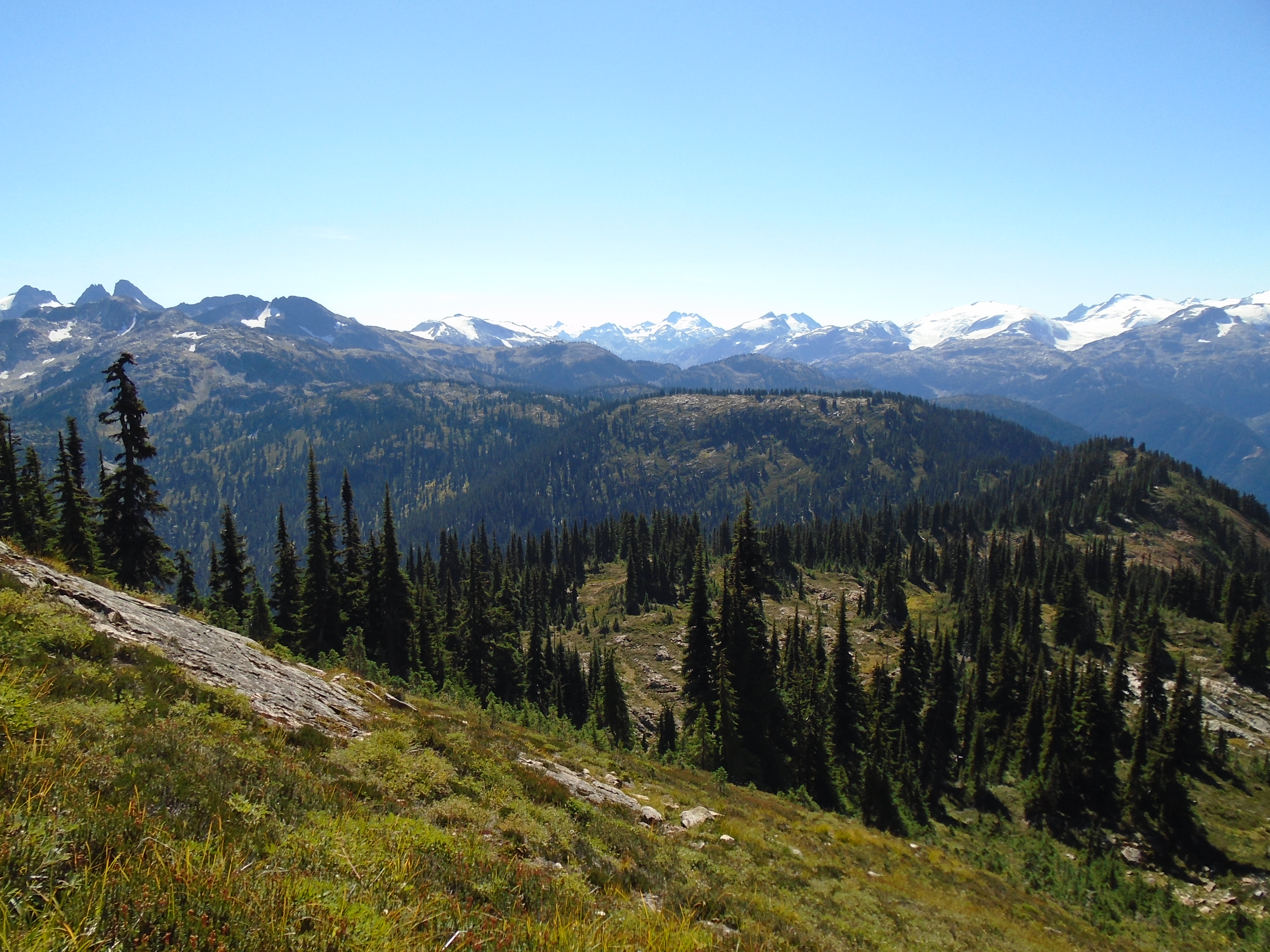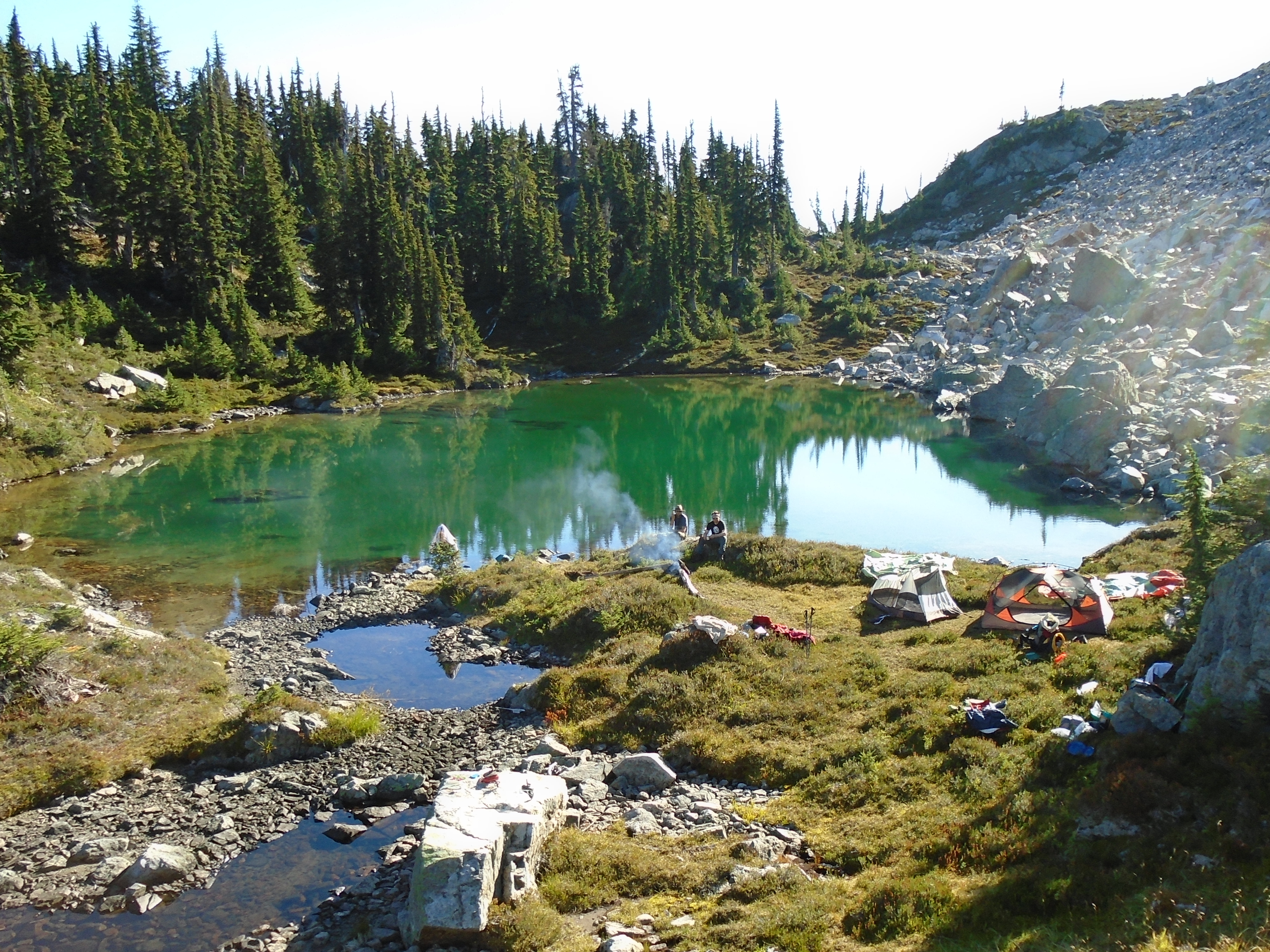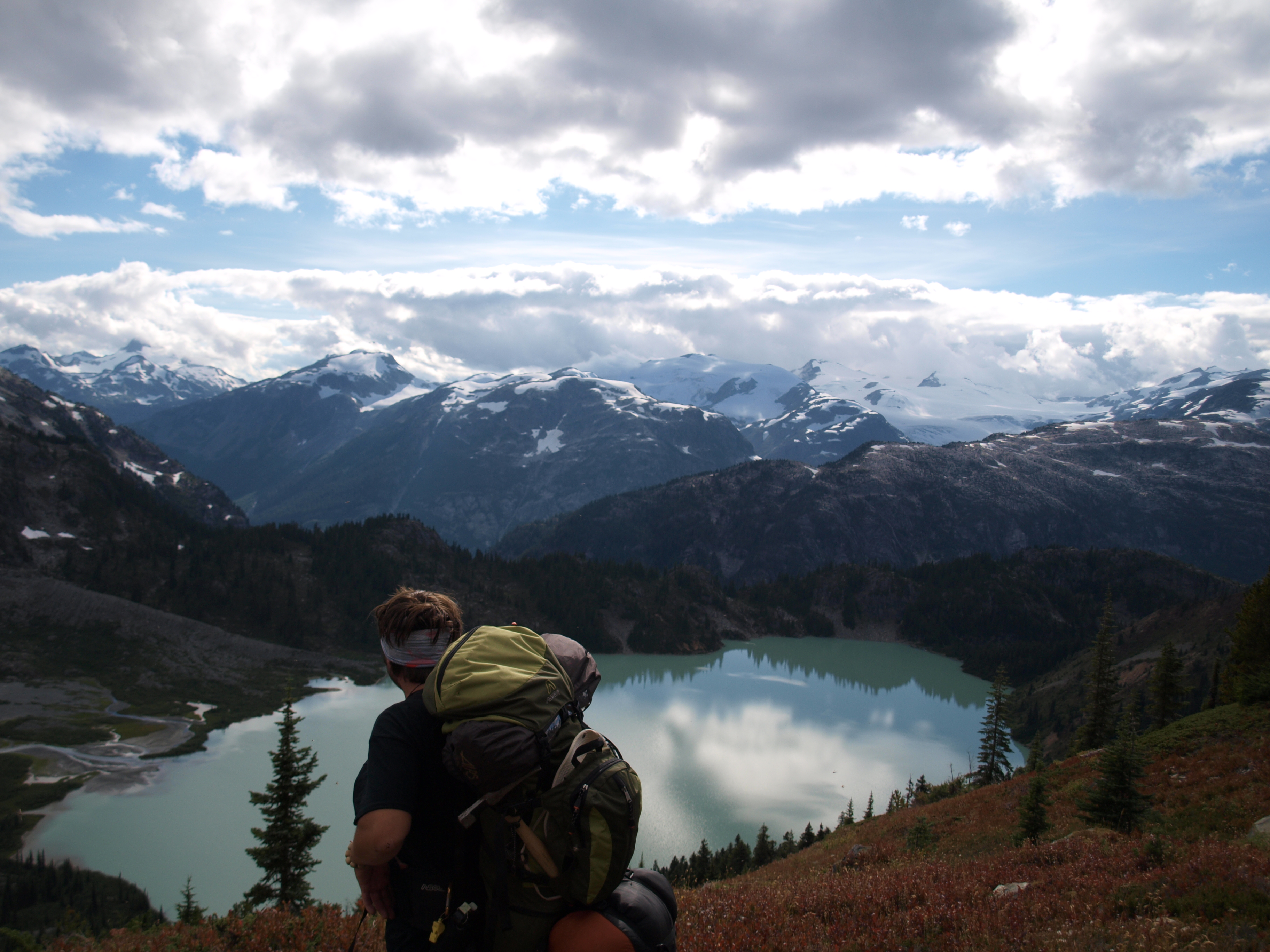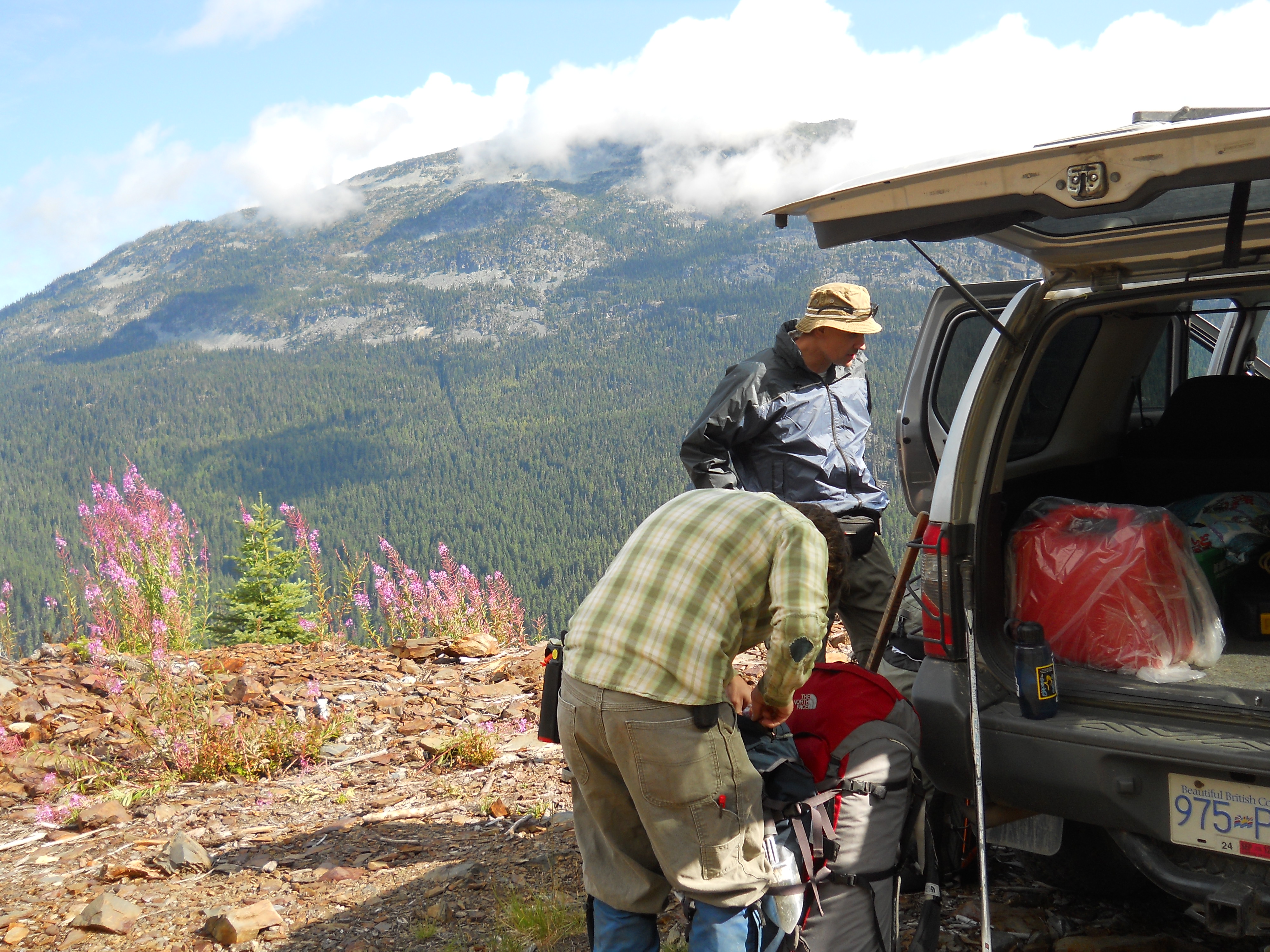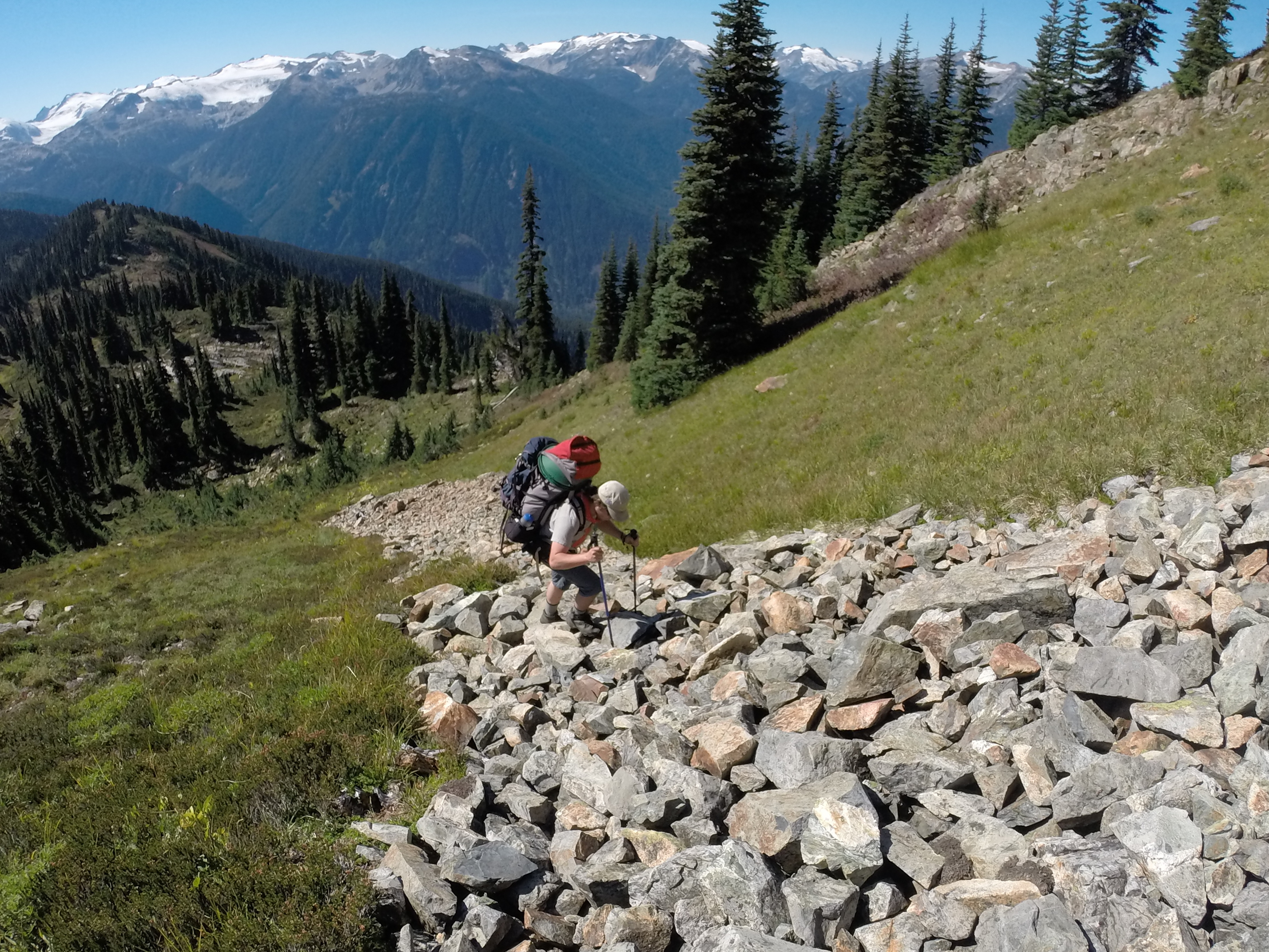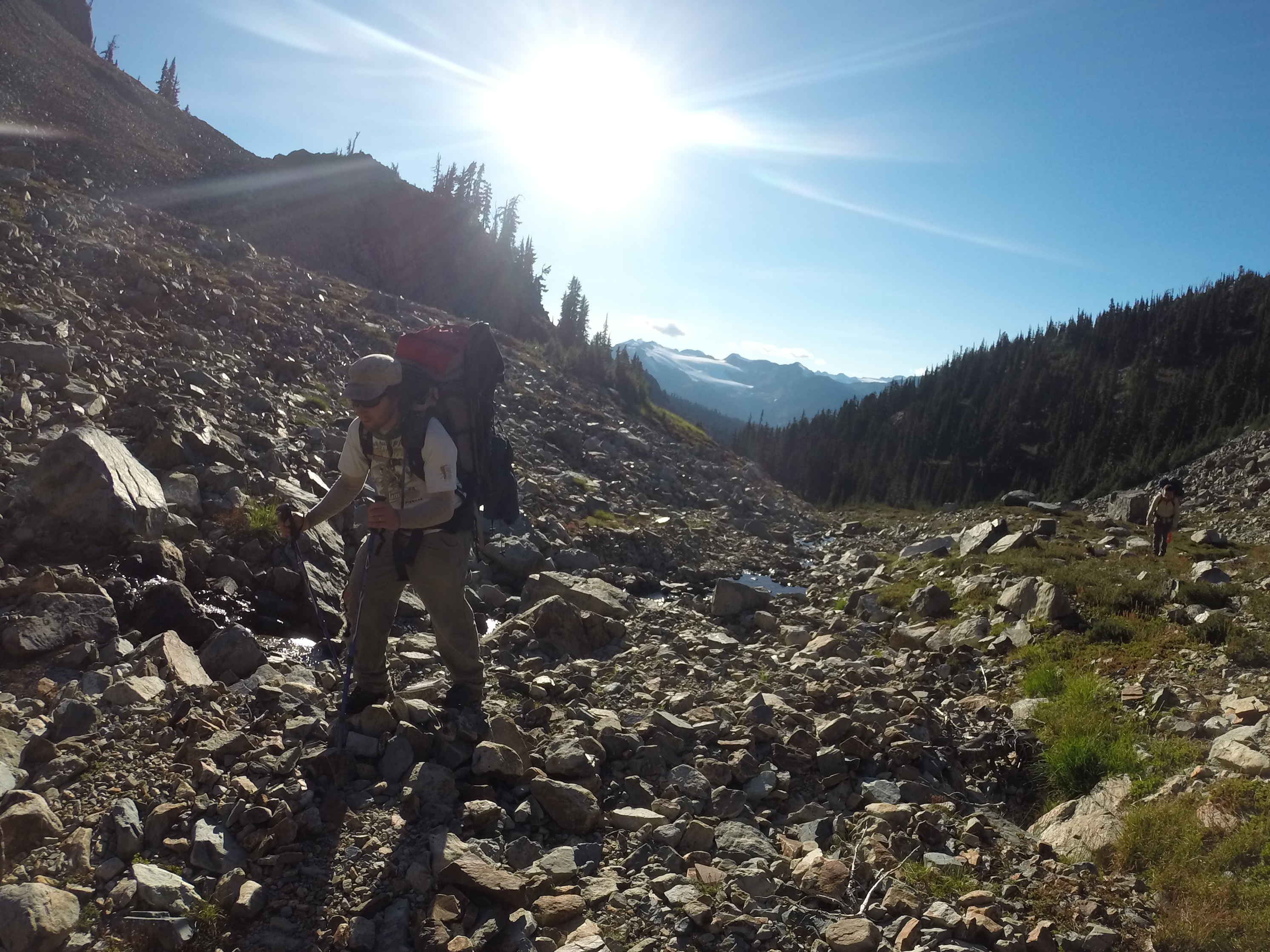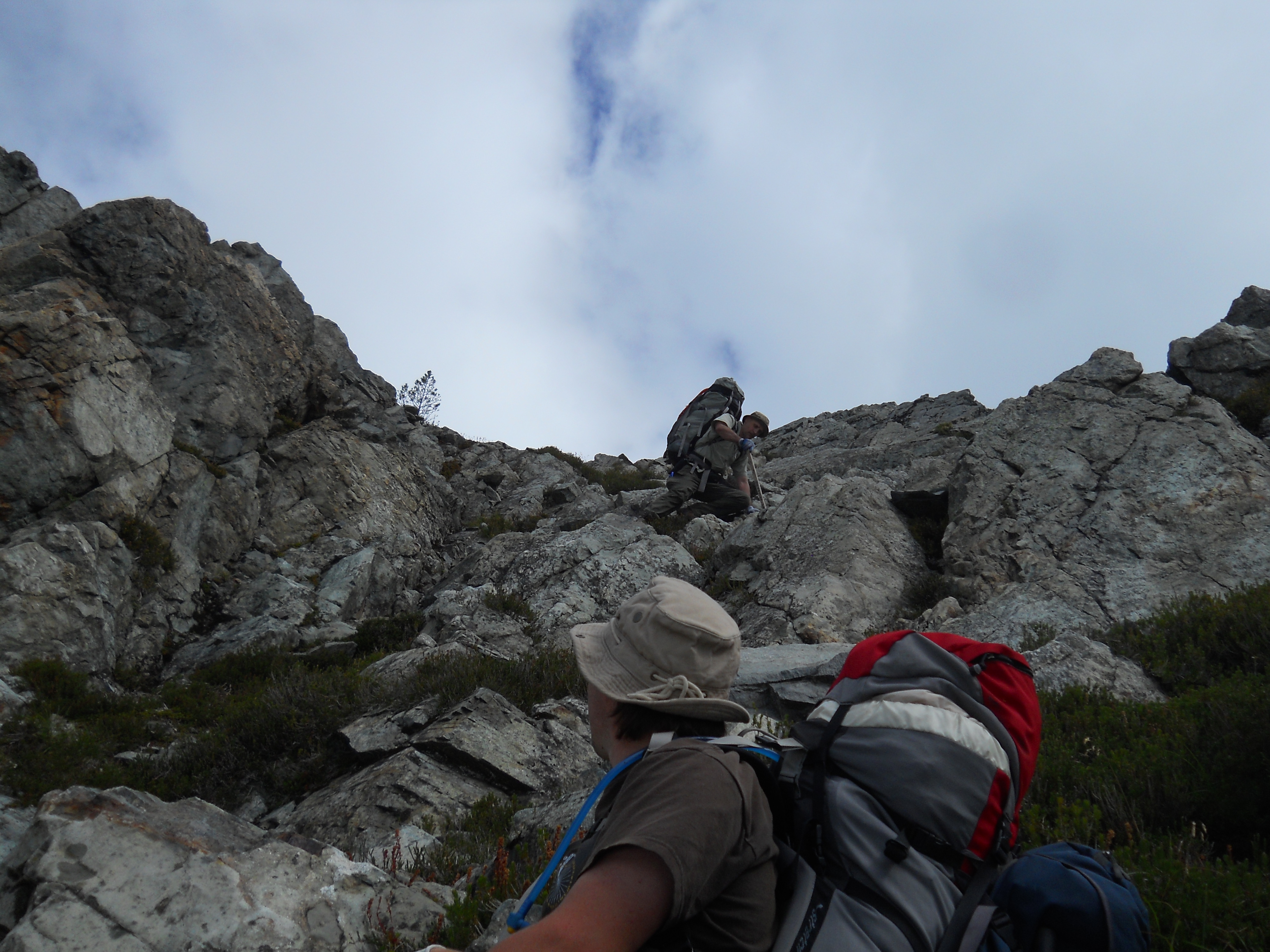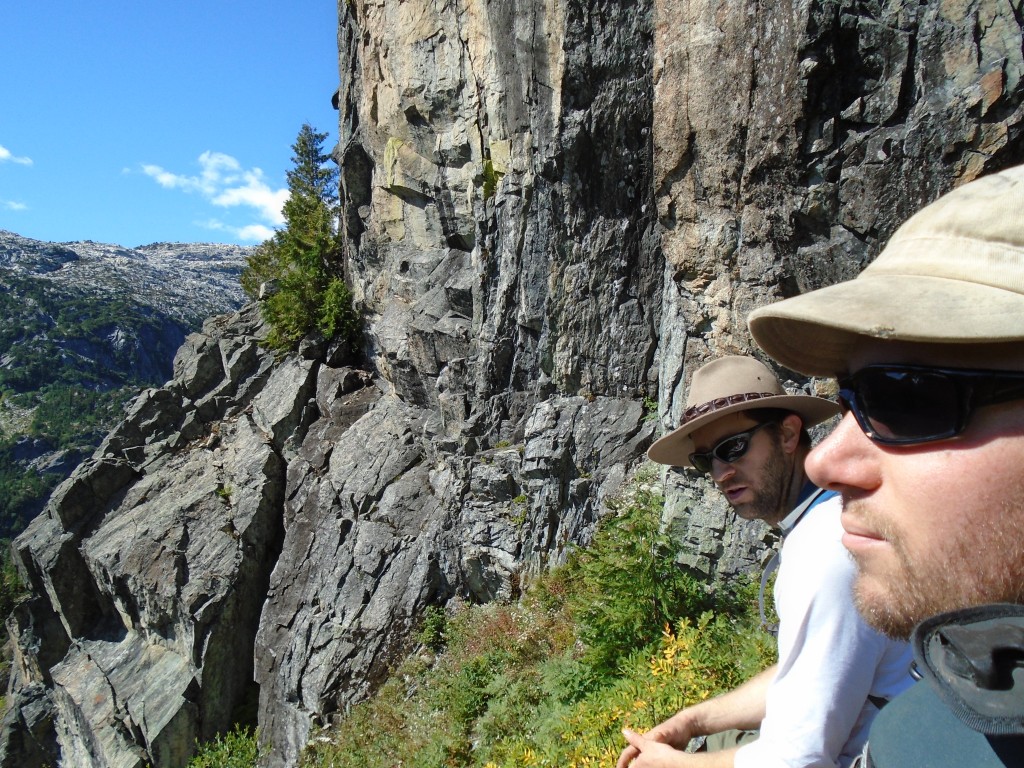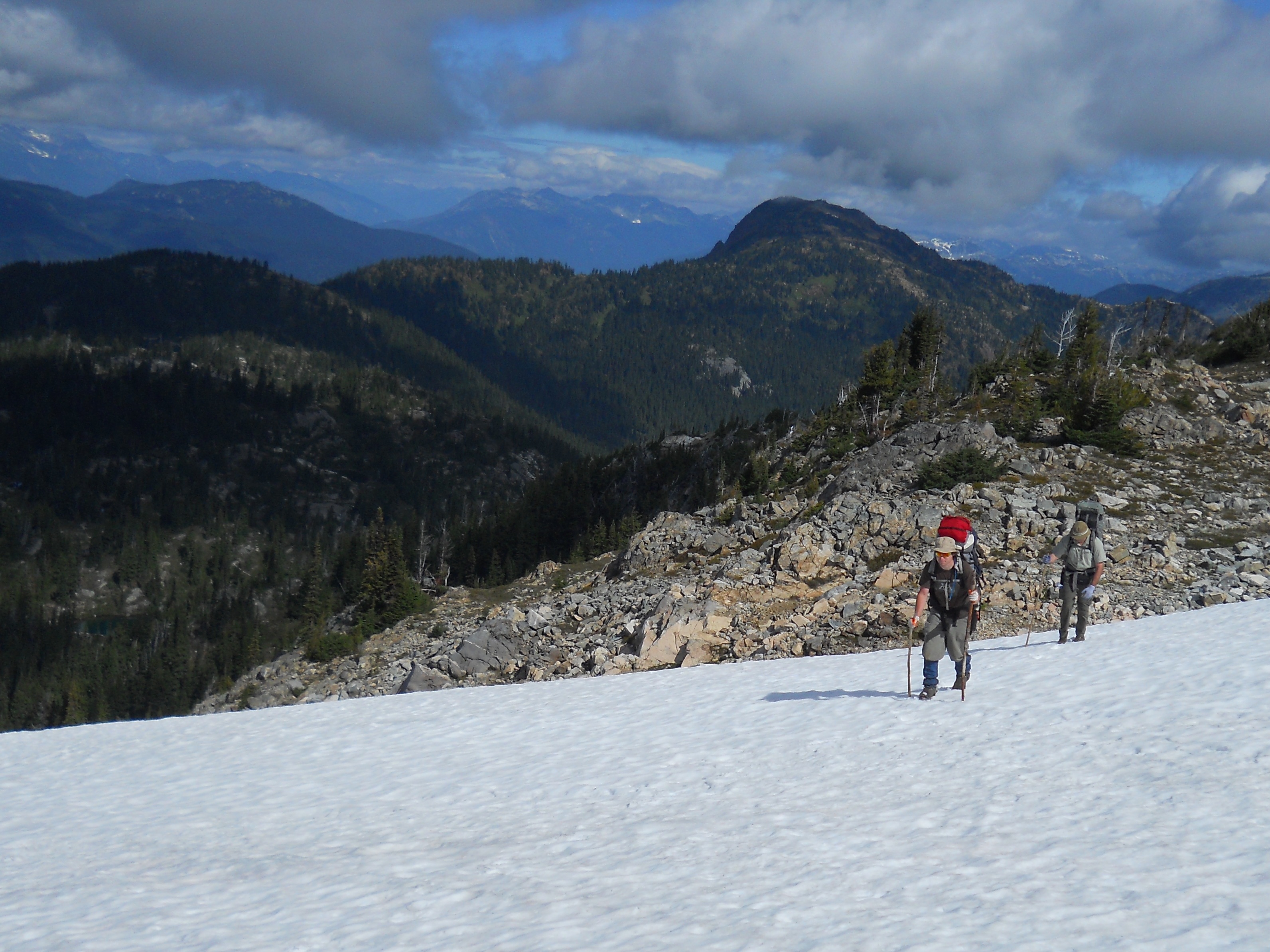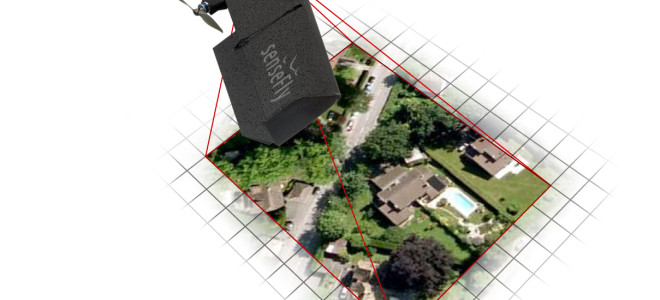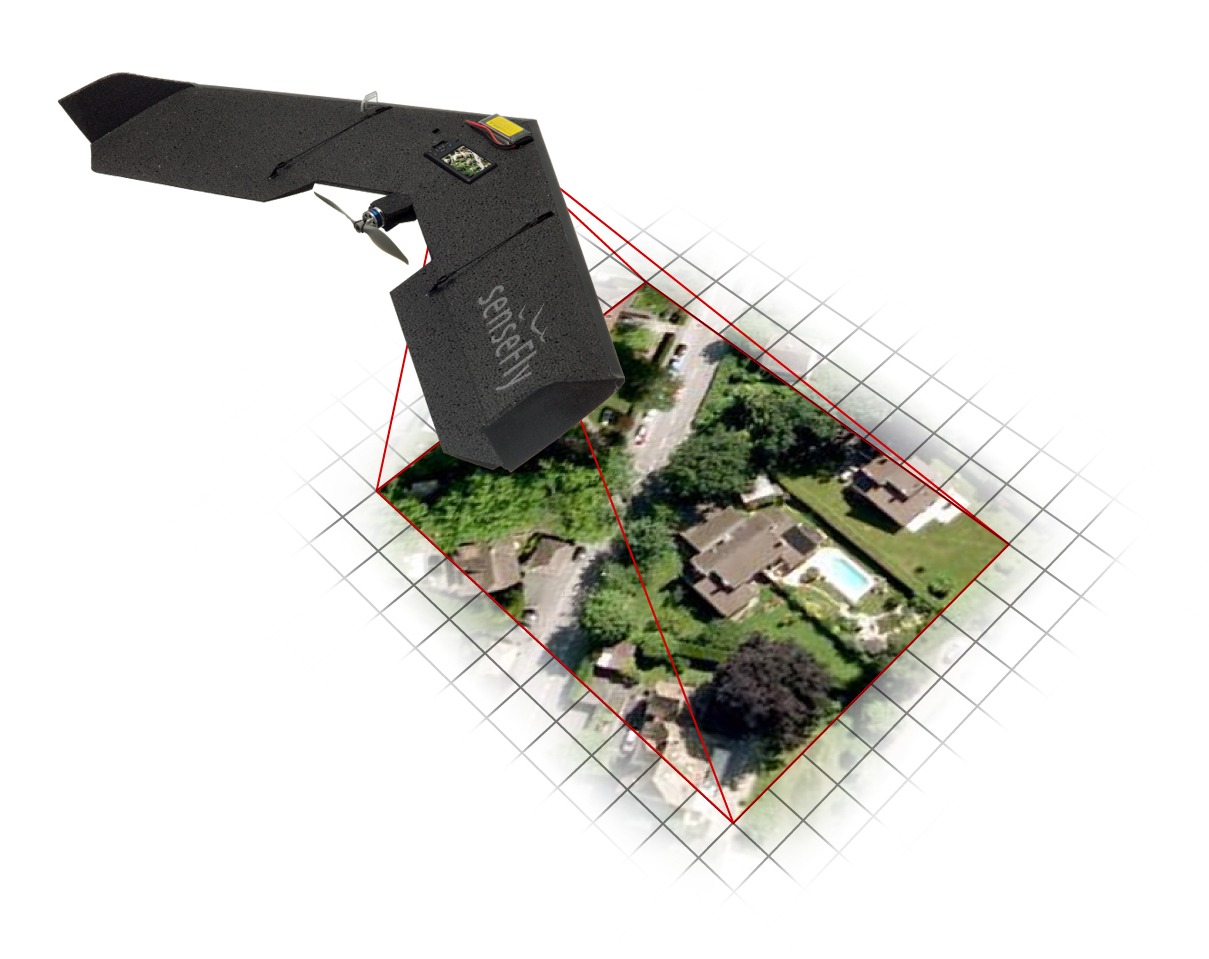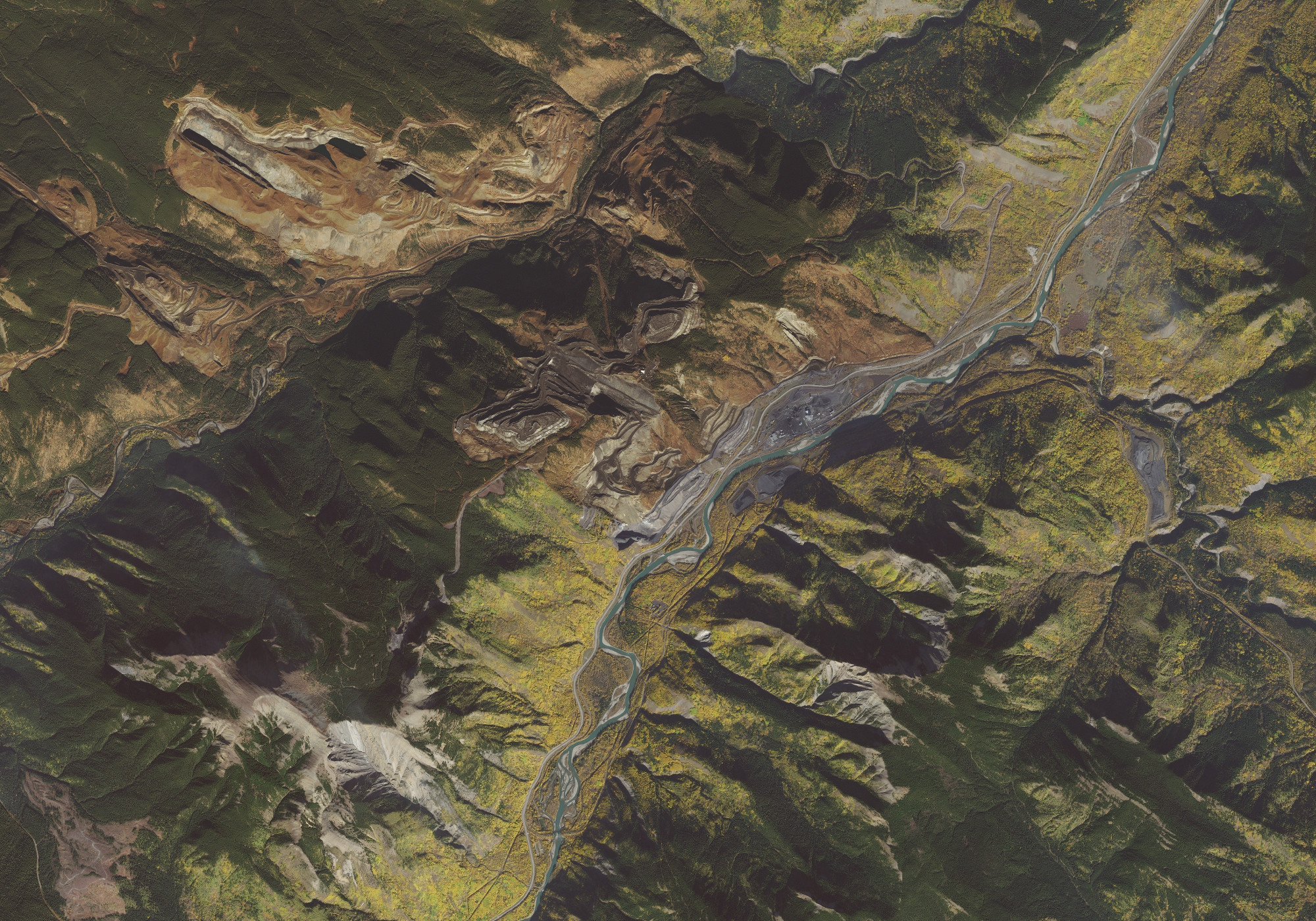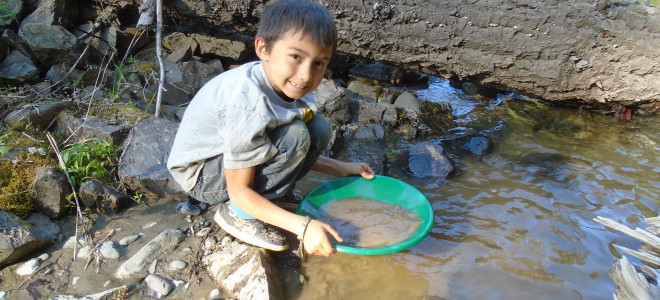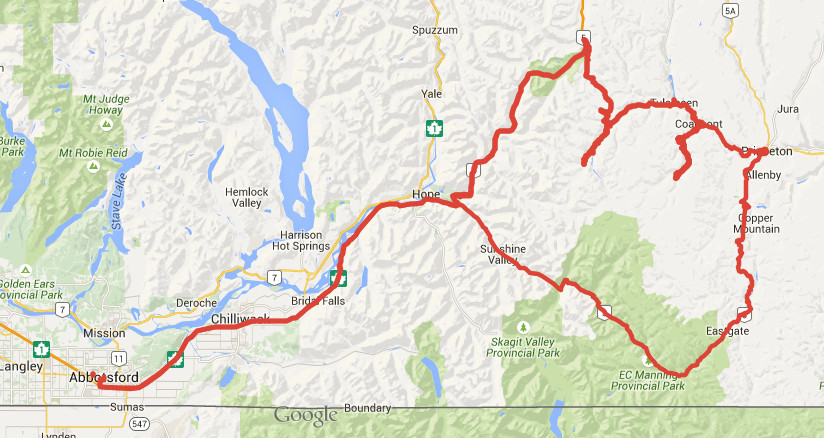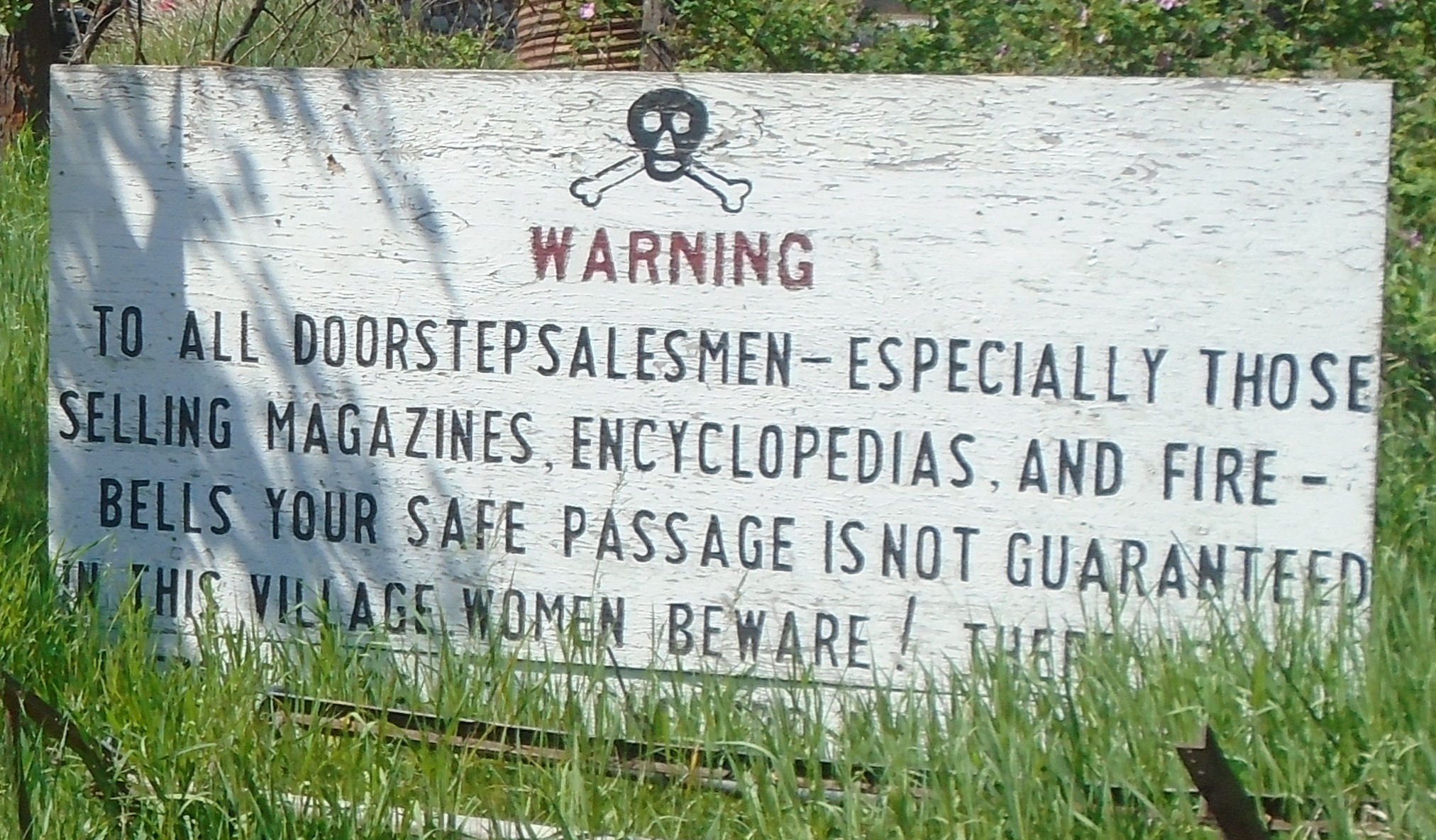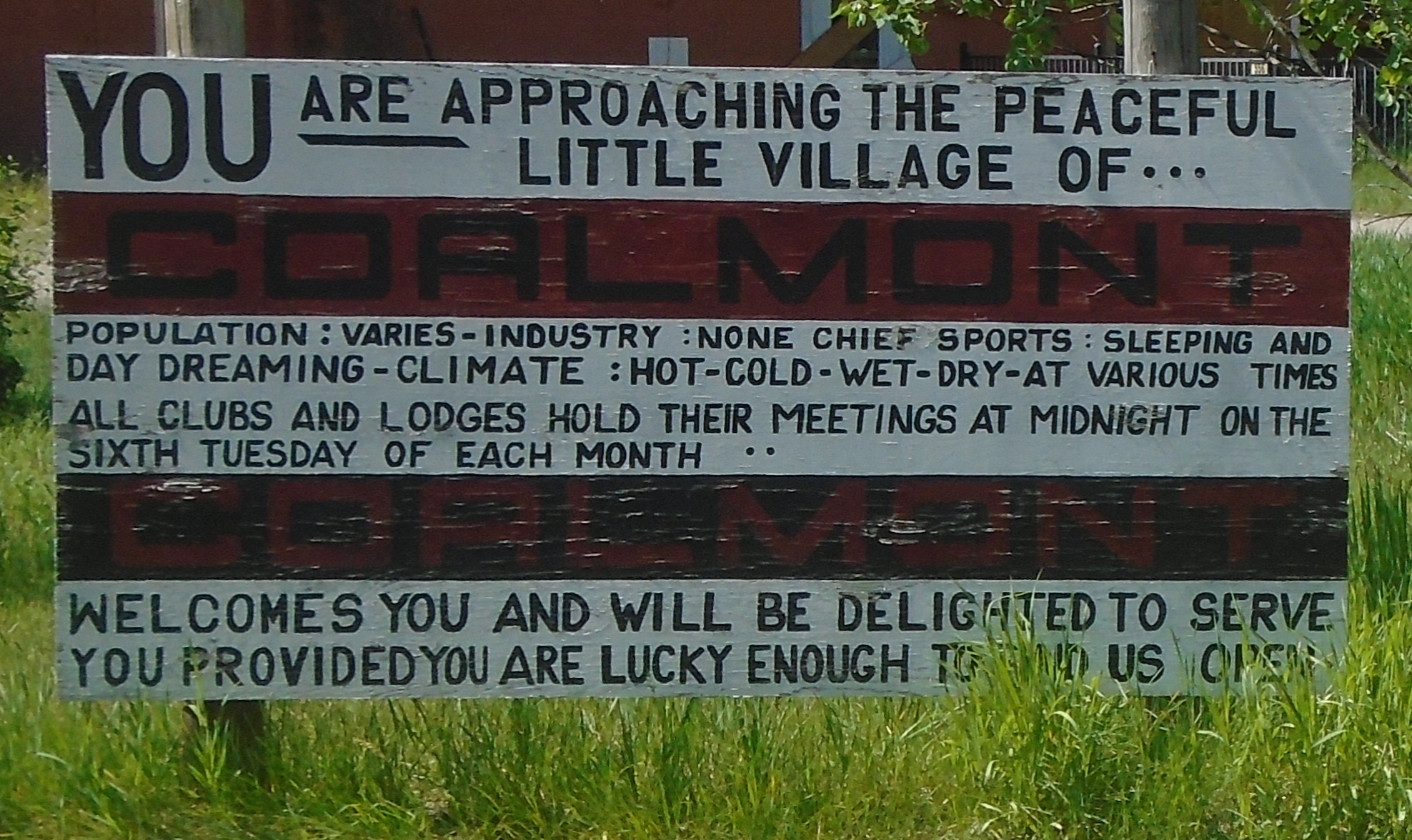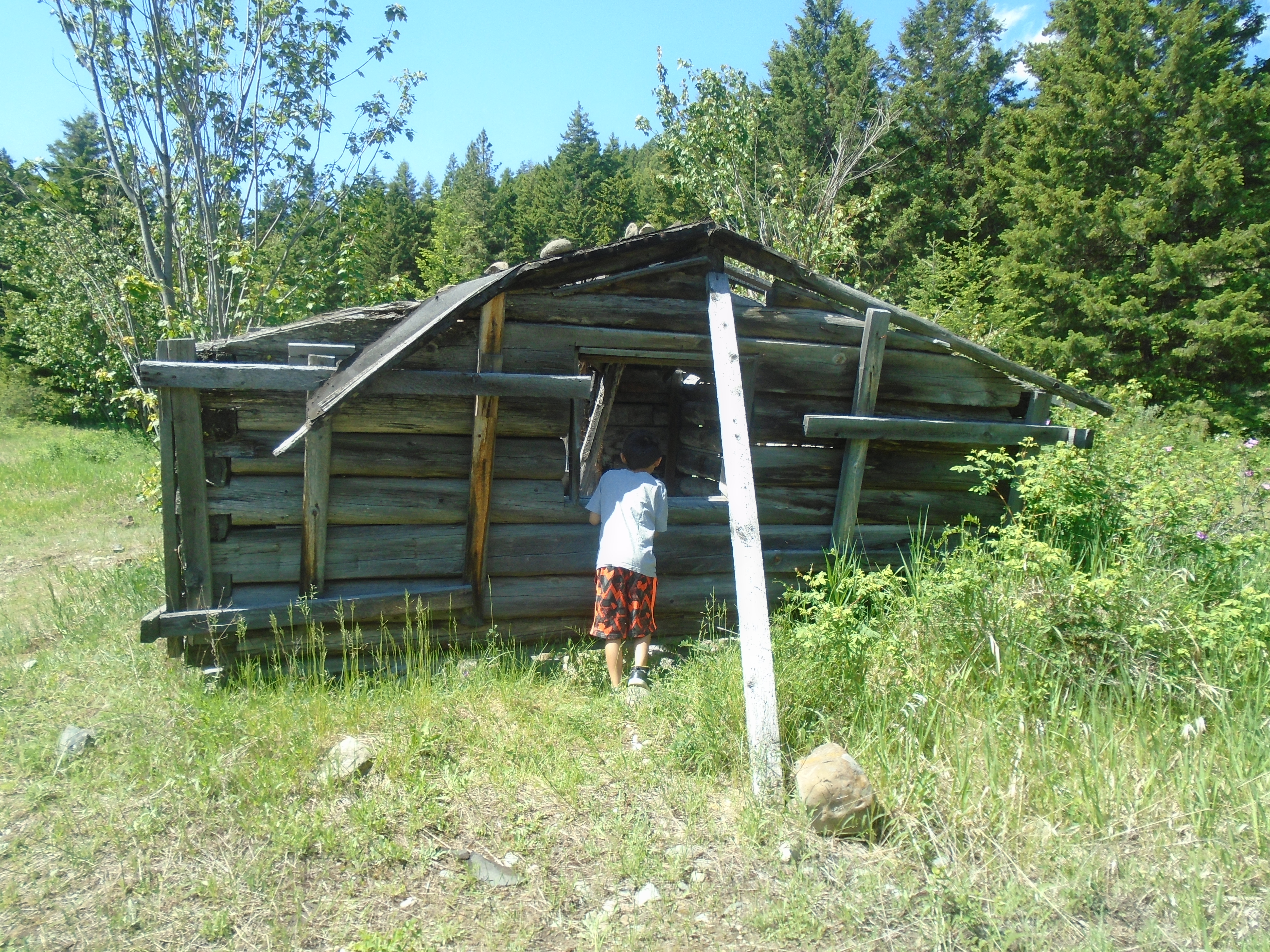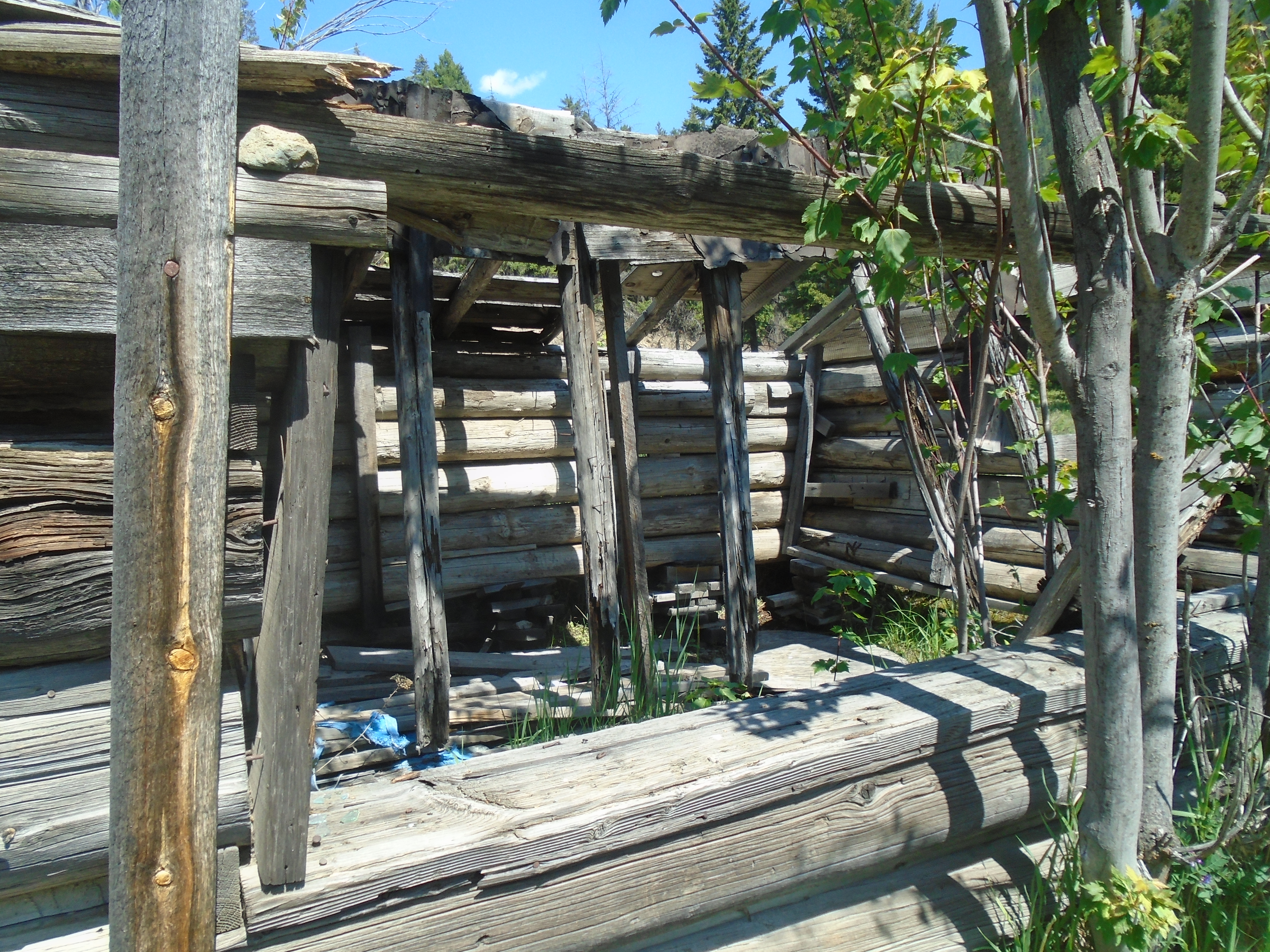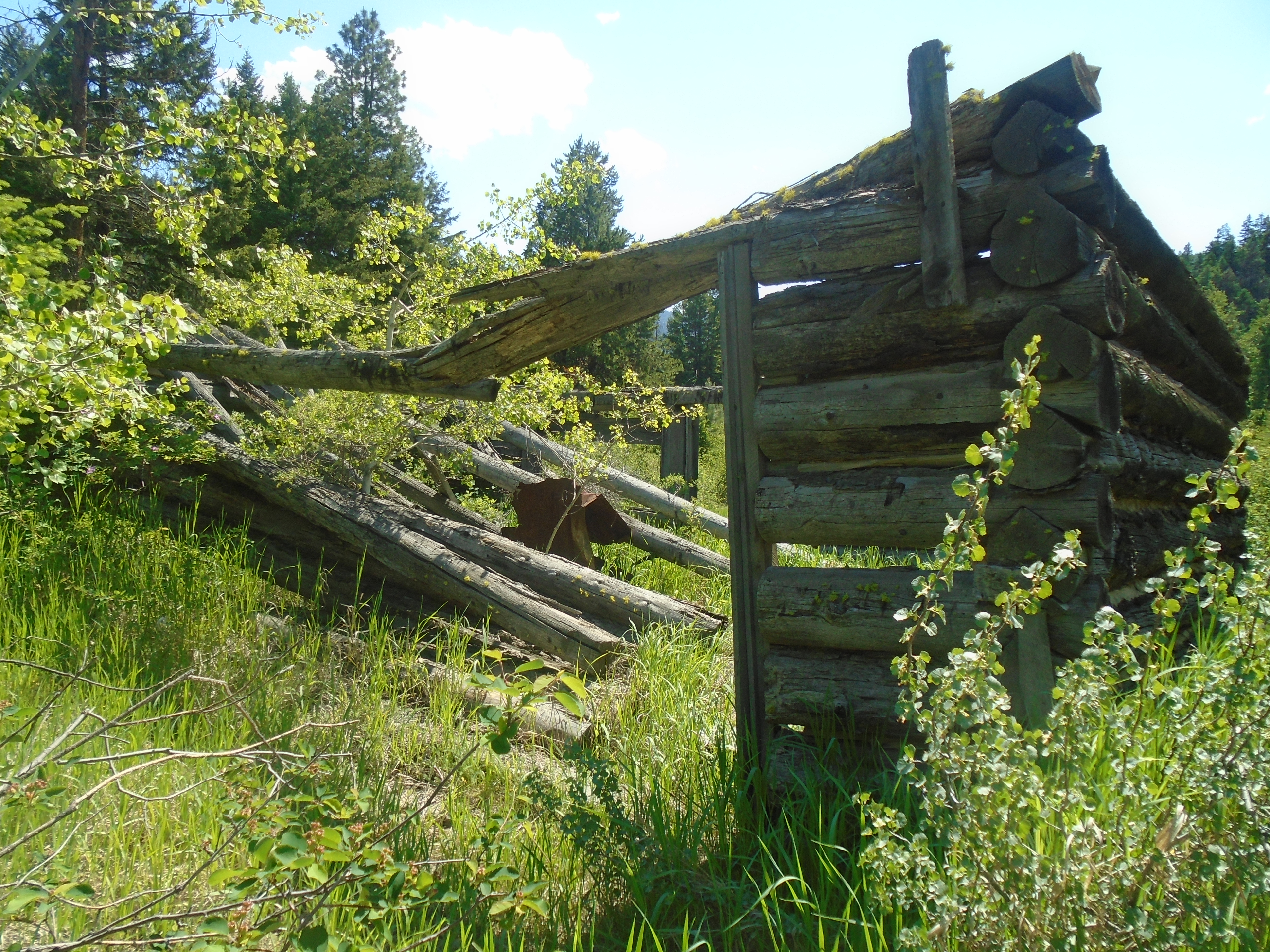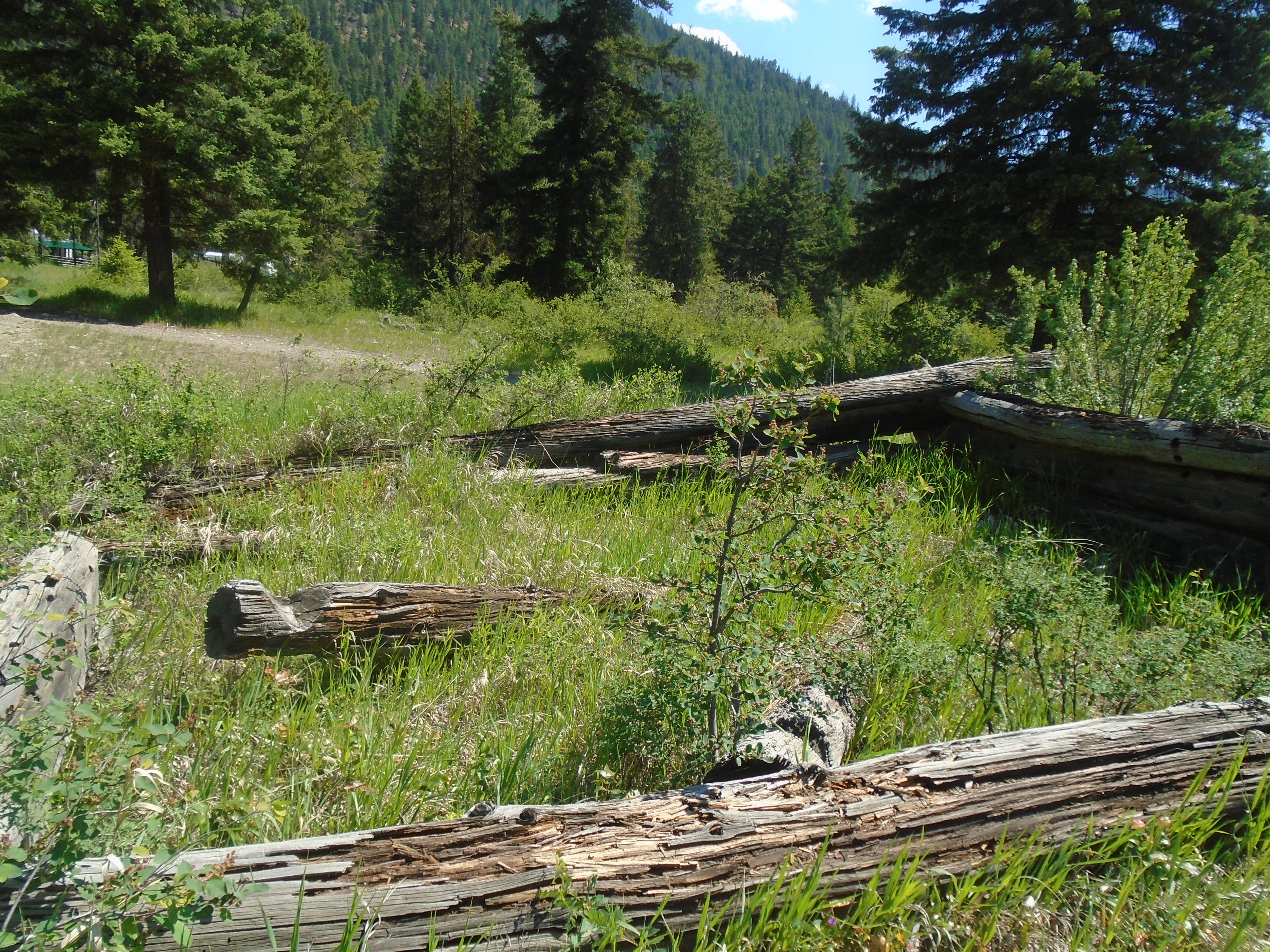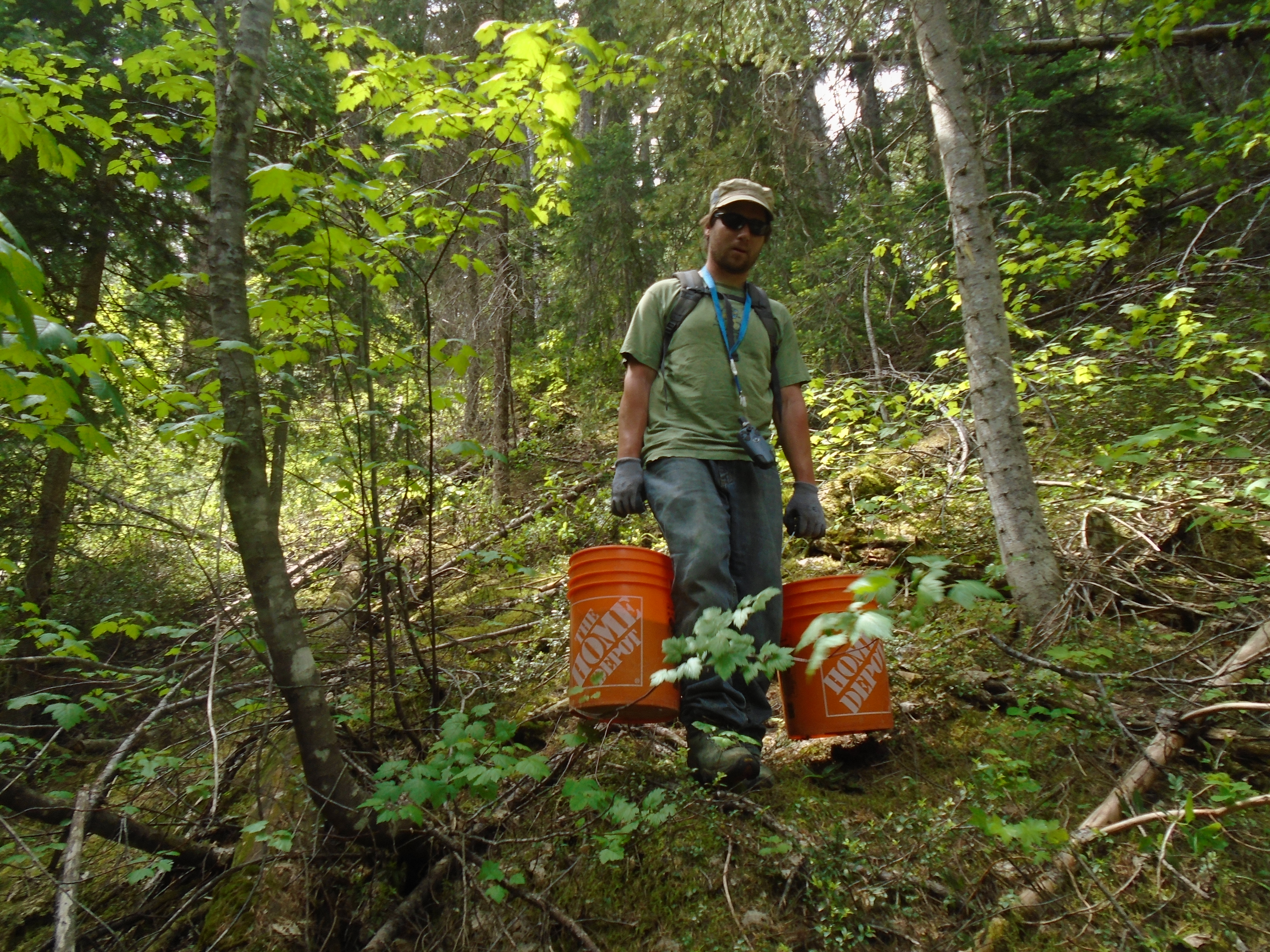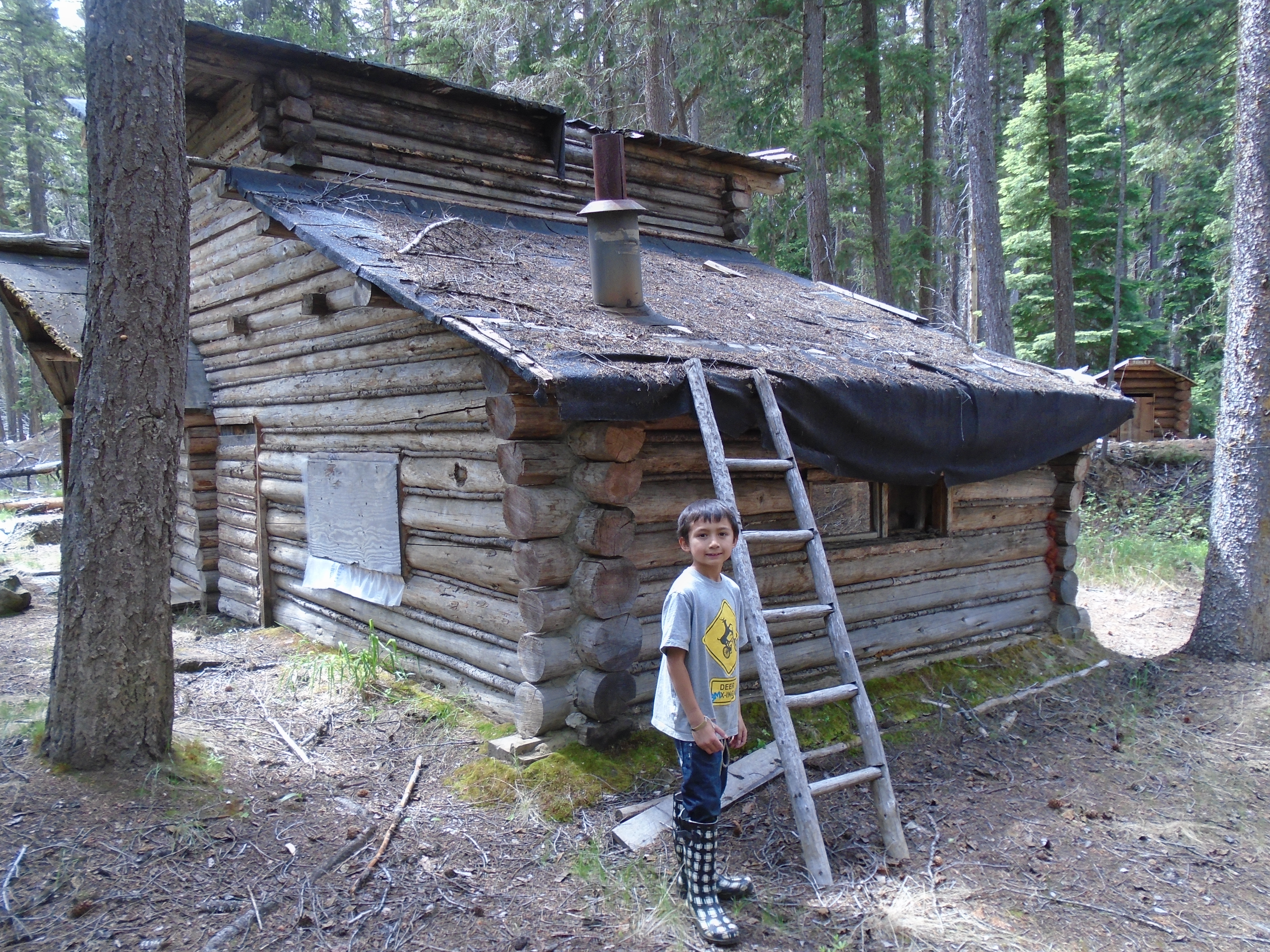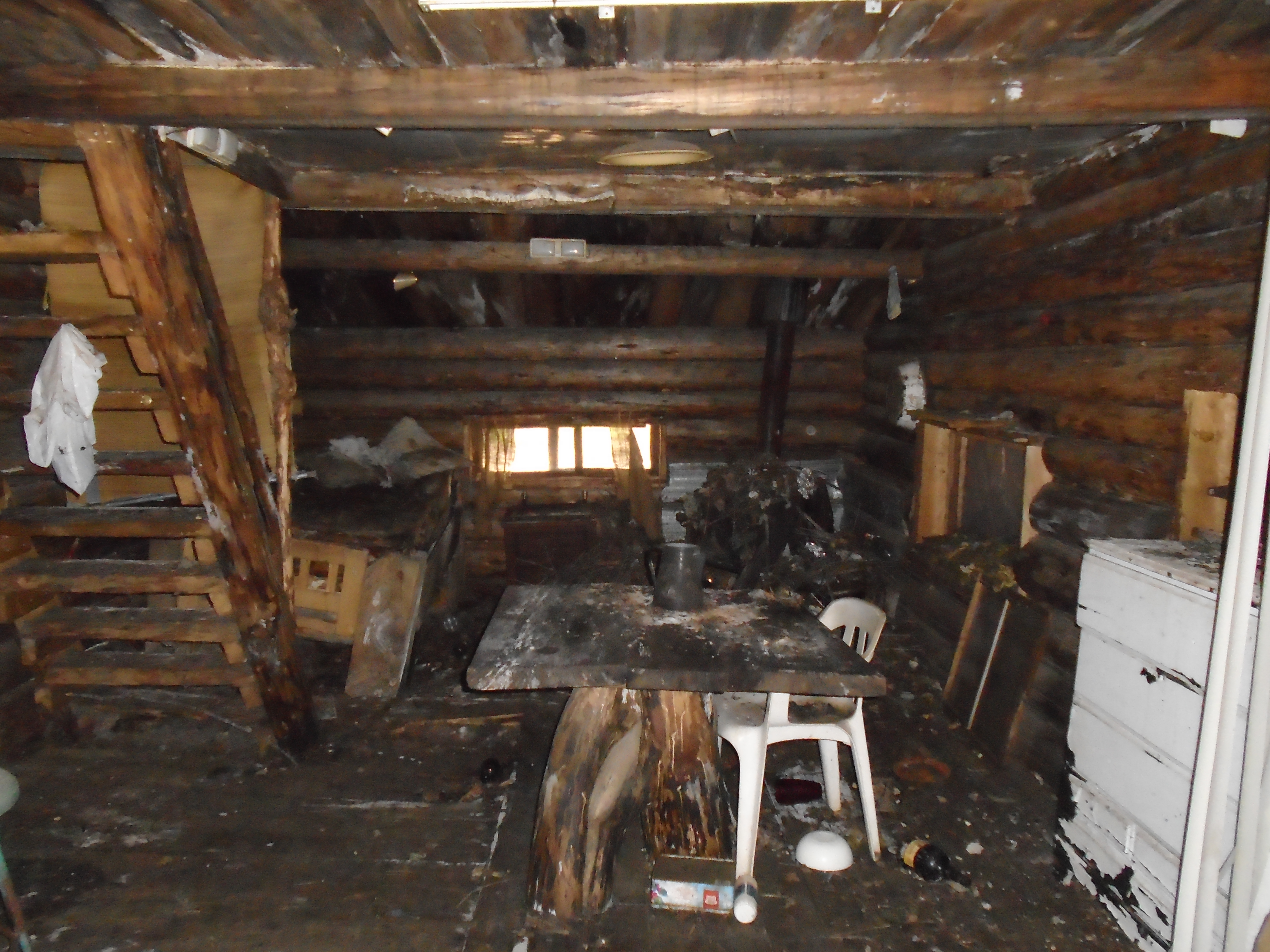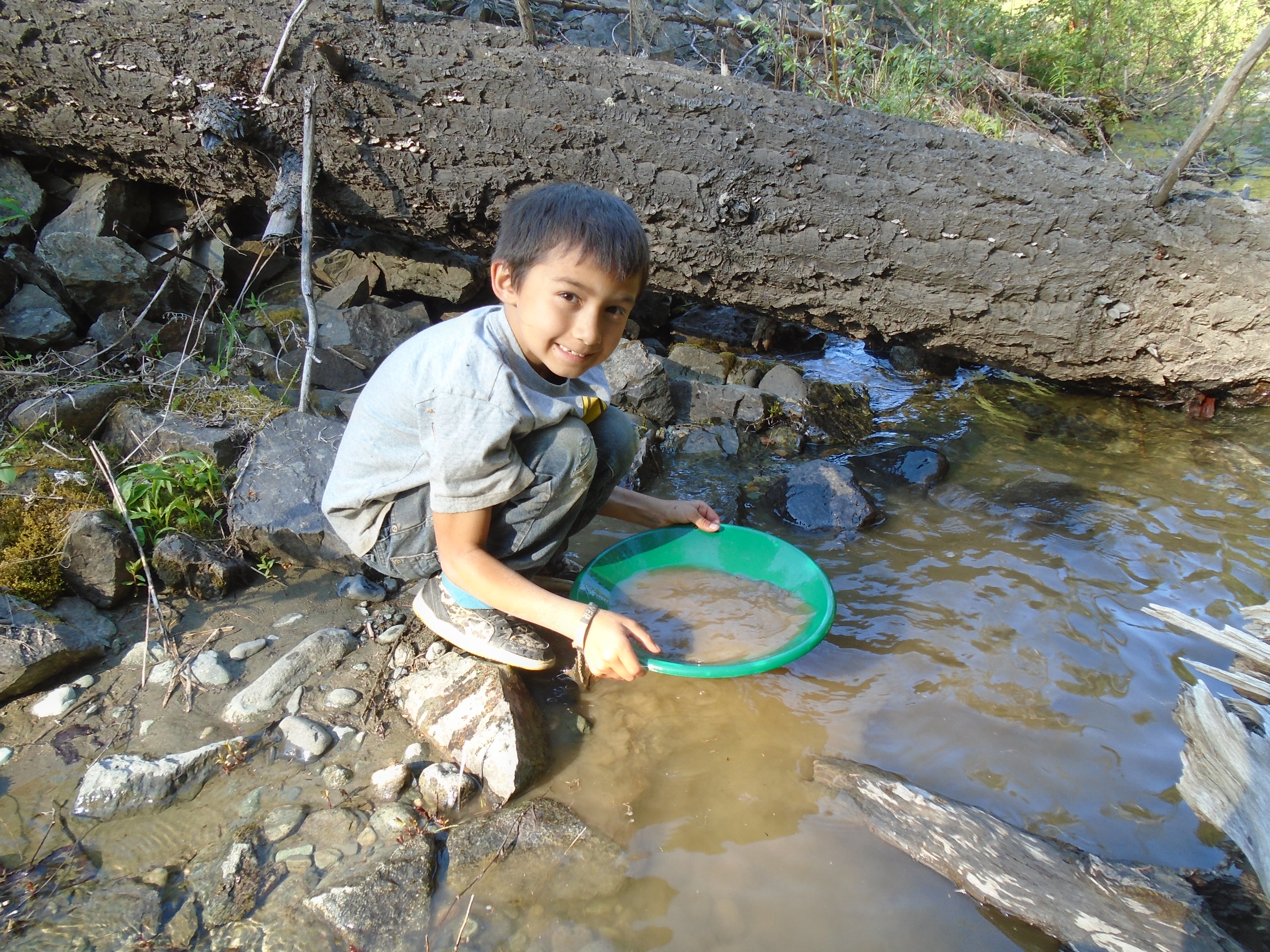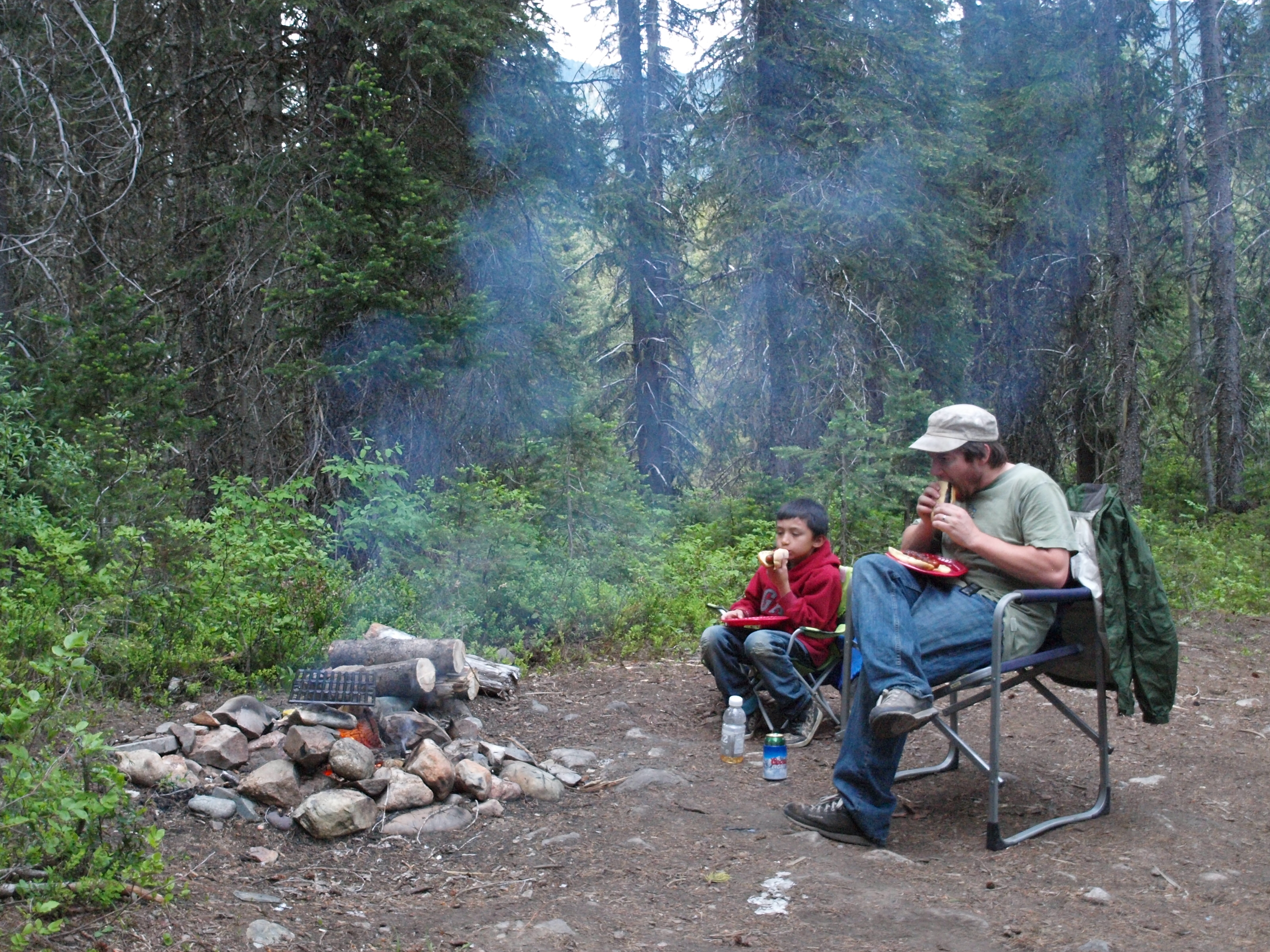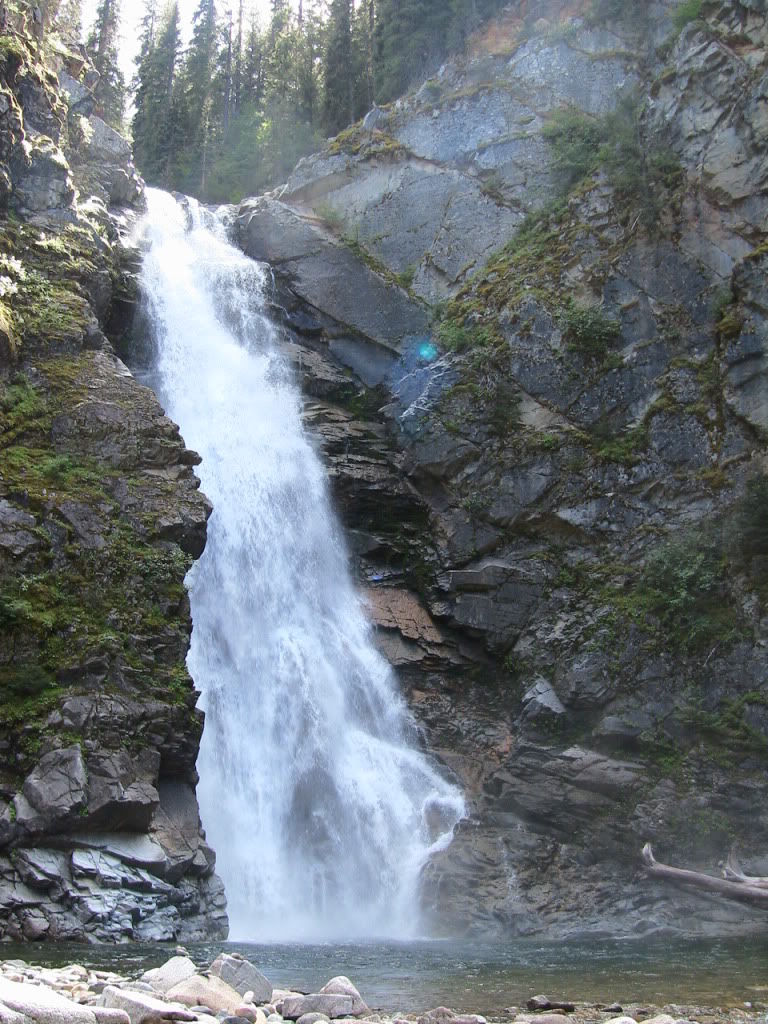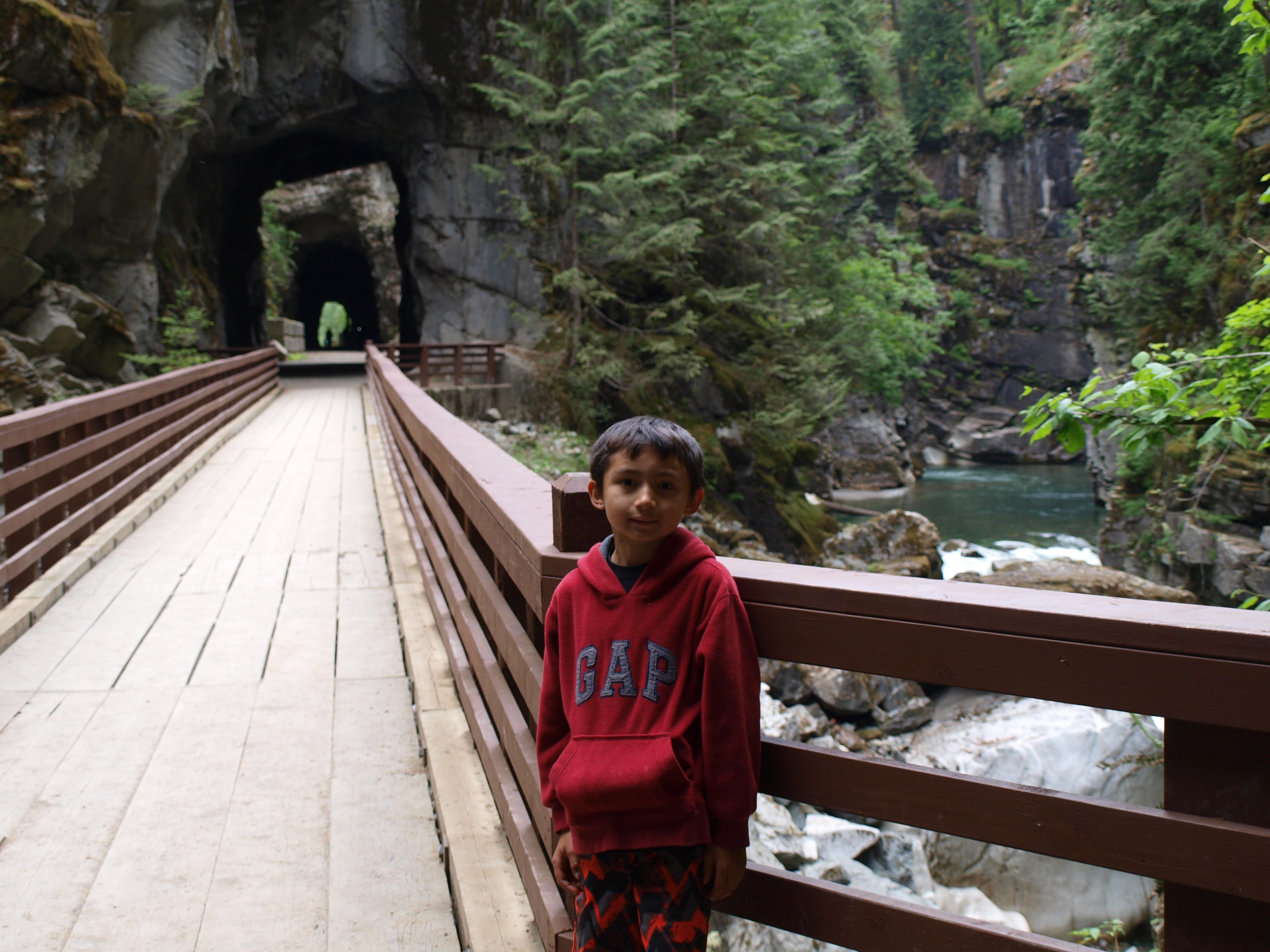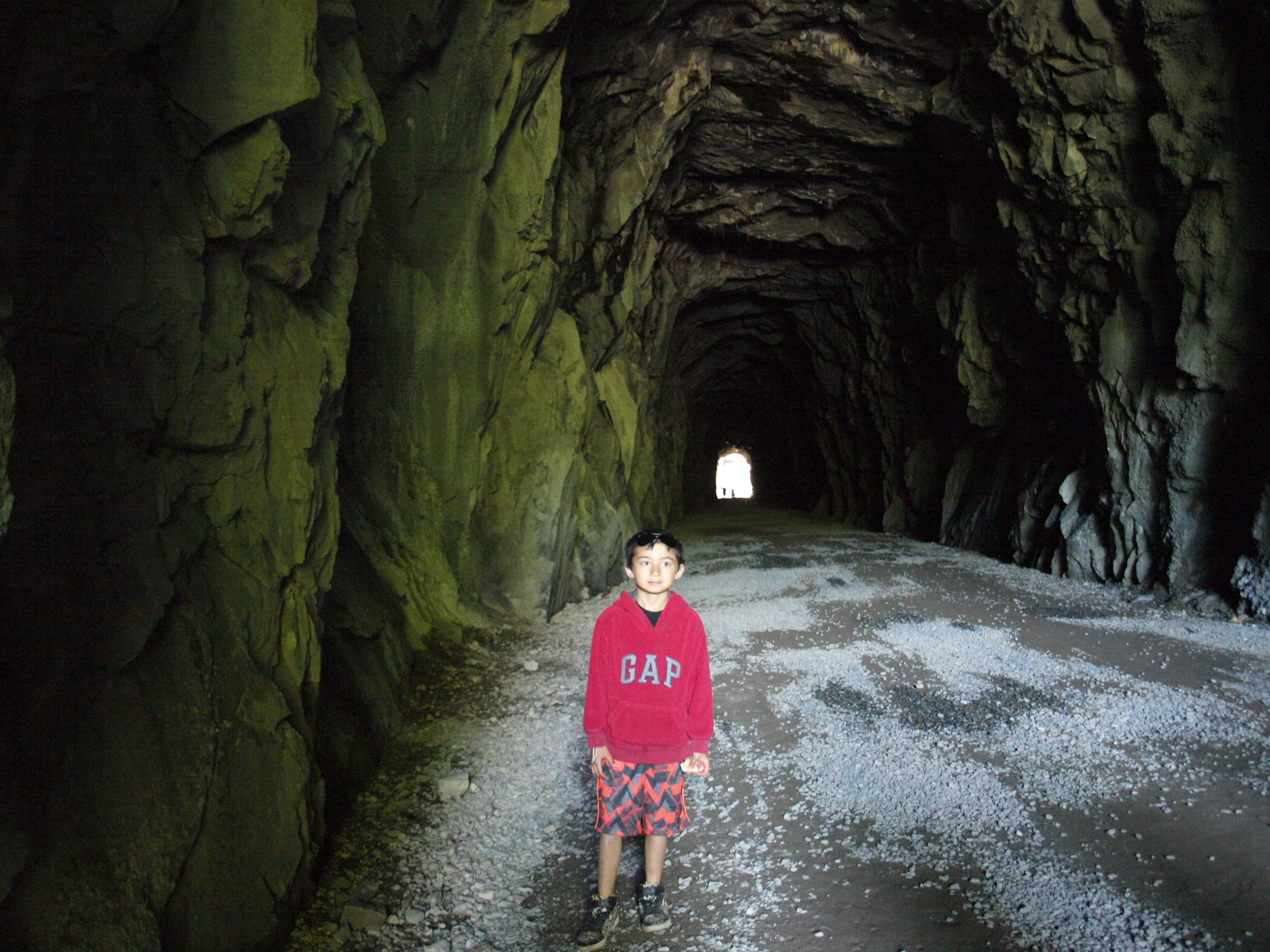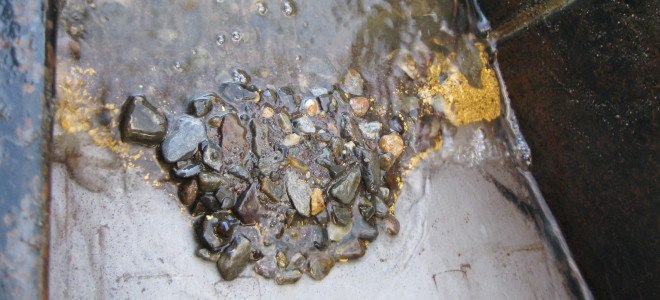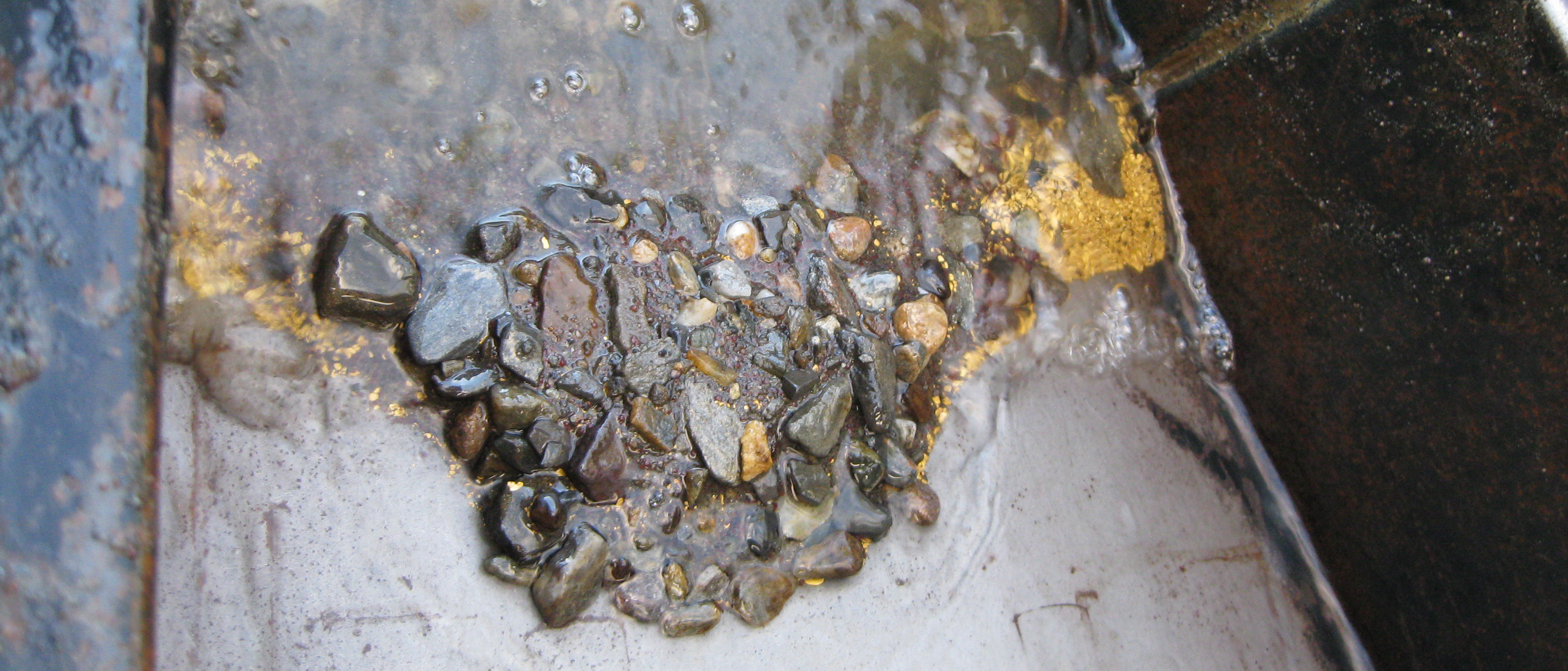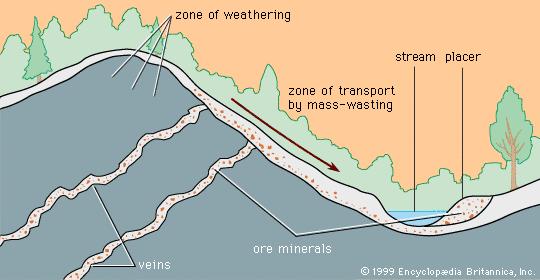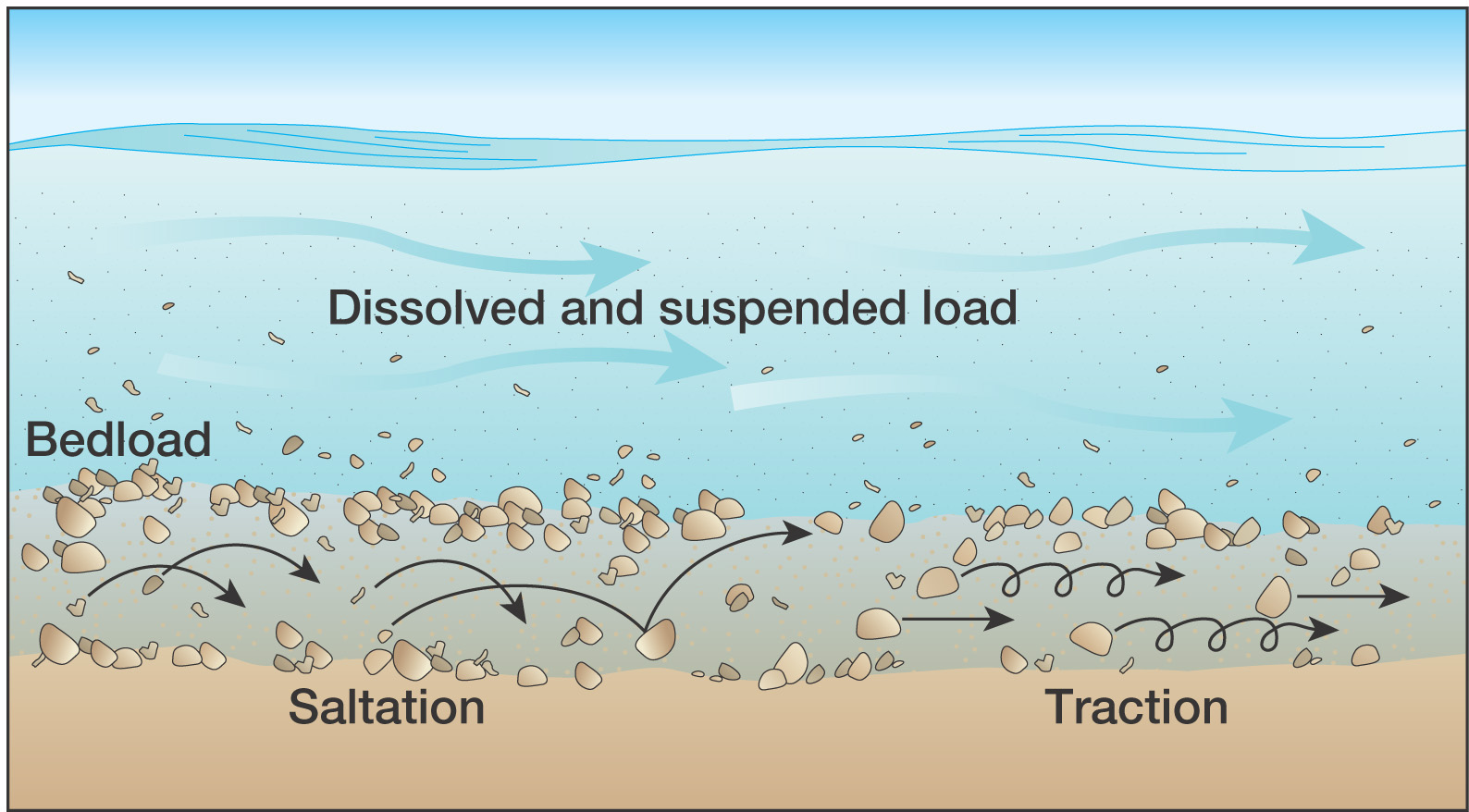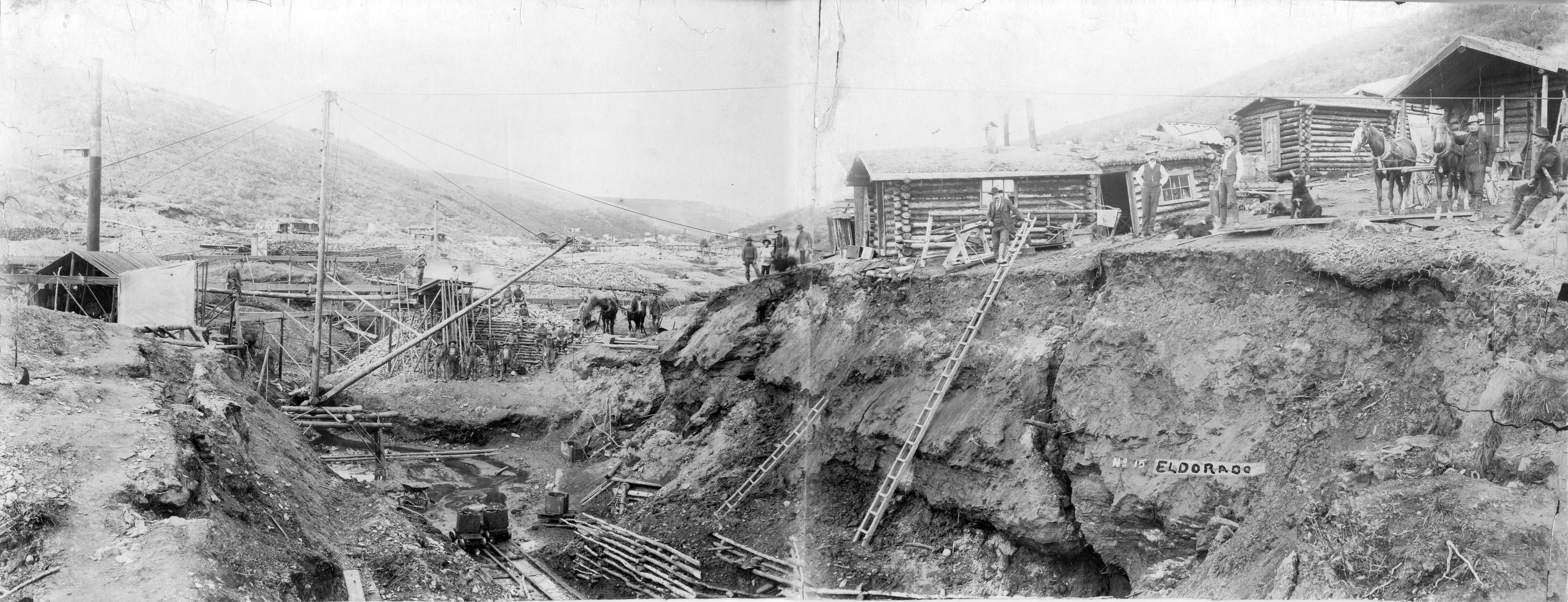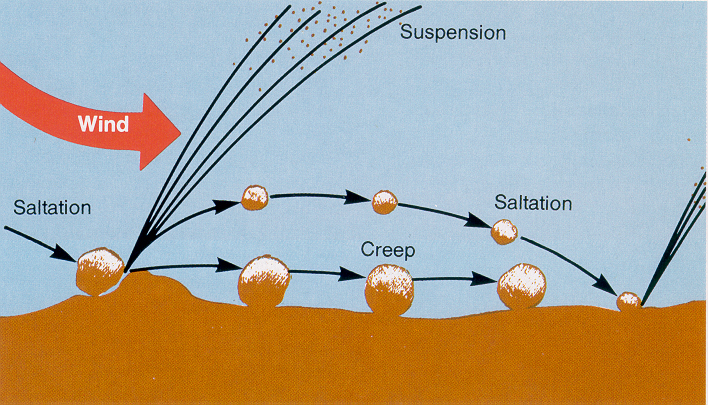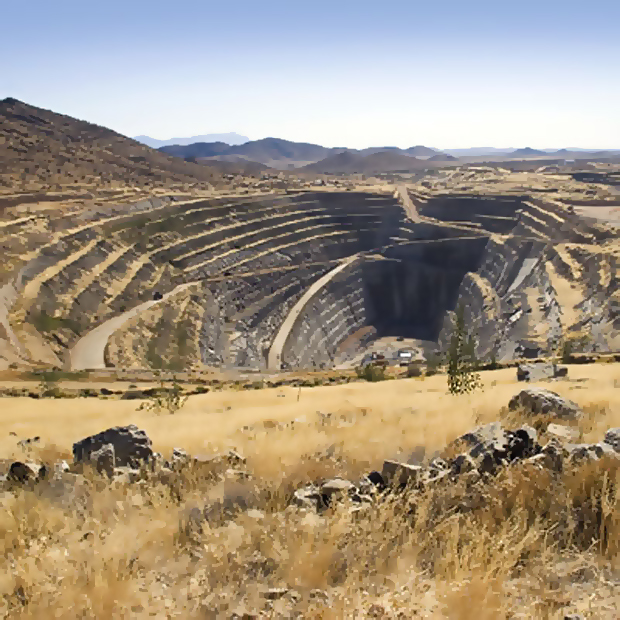Placer mining is an exciting activity. It brings us out into the wilderness often to the road less traveled. There is a certain charm associated with the hunt for gold. In some ways it feels like an exclusive club where the only entry requirements are the knowledge, skills and the will to take on the challenge of finding precious metal on the earth’s surface. For those starting out there is a lot to learn and all too often a novice miner’s decisions are influenced by greed or the infamous gold fever. Here’s a list of some of the most common mistakes made by new gold miners.
-
Buying too much equipment too early
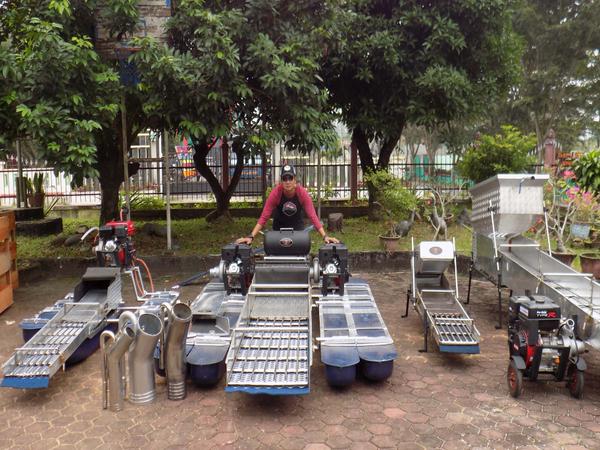
Photo Source: www.tambang.id Placer miners are total gear nuts, myself included. To run even a small operation you need a fair amount of gear. Pans, sluices, digging tools, camping equipment, 4×4 truck, etc. And there is plenty of gear on the market to spend your money on.
However more equipment will not necessarily make you more money. Often its quite the opposite. In our fast paced consumer focused economy it is tempting to look for a quick fix. There is no substitute for hard work though. You need to put in the time and effort to find that gold. I have met several people who have purchased a brand new floating dredge with nowhere to use it. Fortunately their equipment quickly finds its way onto craigslist at a discounted price.
Prospecting starts with a gold pan, other tools that help are classifiers, snuffer bottles, and an accurate scale. Once you have proven gold in an area you can look at moving on to something that can move more material. The next progression would be a highbanker or a small diameter dredge (if they’re legal in your area). If you have found enough gold and can’t move material fast enough the next steps are moving to a larger wash plant and possibly heavy equipment. At each step along the way you need to assess the quantity of gold on your claim and the costs of getting it out.
-
Buying the first claim that’s available
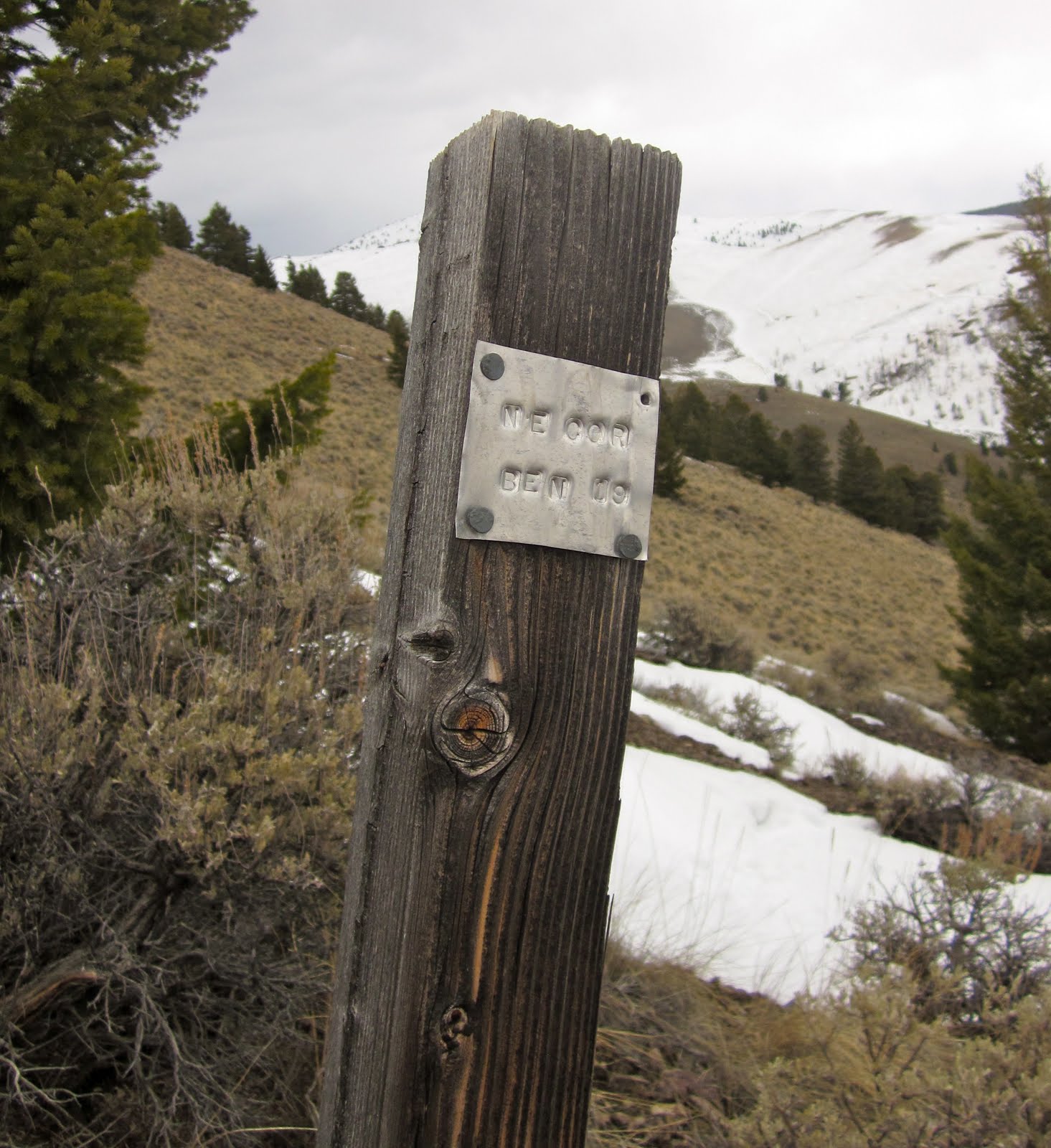 Its pretty exciting to have the rights to your first claim. You start dreaming of all the riches that are now yours for the taking. Its tempting to snap up the first claim that is available. Especially in areas with online staking, its a lot like buying concert tickets. Unlike concert tickets though gold claims are usually available for a reason. Perhaps the claim has poor access, little to no gold, or has already been mined to death.
Its pretty exciting to have the rights to your first claim. You start dreaming of all the riches that are now yours for the taking. Its tempting to snap up the first claim that is available. Especially in areas with online staking, its a lot like buying concert tickets. Unlike concert tickets though gold claims are usually available for a reason. Perhaps the claim has poor access, little to no gold, or has already been mined to death.Do some research before you pull the trigger. Read up on the history of the area to make sure it hasn’t been thoroughly mined already. Make sure it has good access roads or trails. Find info on previous production in the area and if possible sample the claim before you buy it. Check some maps to make sure the claim is not on a park, reserve or private land.
-
Poor or No Sampling
Effective sampling is absolutely essential to run a profitable placer mining operation. You wouldn’t buy a car without taking it for a test drive. It is tempting to show up at a claim and start running a highbanker on the first gravel that you see. Even some larger operations forgo proper sampling in the rush to get mining and lose a lot of money because of it.
Sampling is not glamorous and you won’t get a lot of nuggets to show your friends but you need to know how much an area will pay before you spend time and money to produce it.Once you have thoroughly sampled an area and have calculated the pay per yard you will know how much you can spend to produce the gold. For example if an area pays $100 to the cubic yard and your cost is $40/yd to produce it you will certainly make a profit. Your proven reserve is sort of like a bank account. You don’t want to spend more money on equipment than your reserves will justify.
-
Not digging deep enough
 Almost every novice prospector will sample surface gravels and expect to see flakes of gold. Placer prospecting and mining hinges on the fact that gold is very dense. Being heavy, gold will settle deep as it can in a gravel bed. When digging a test hole you basically want to dig as deep as you can. You want to reach compacted gravel before you start sampling. In most cases your best gold will be on the bedrock. In some areas there are clay layers or river armour layers that will trap the gold. It will always travel down until something prevents it from sinking any further.
Almost every novice prospector will sample surface gravels and expect to see flakes of gold. Placer prospecting and mining hinges on the fact that gold is very dense. Being heavy, gold will settle deep as it can in a gravel bed. When digging a test hole you basically want to dig as deep as you can. You want to reach compacted gravel before you start sampling. In most cases your best gold will be on the bedrock. In some areas there are clay layers or river armour layers that will trap the gold. It will always travel down until something prevents it from sinking any further.There are areas where flood gold can be found near the surface. It is important to know the history of your area. Even if there is surface flood gold though the real paystreak will always be deeper down.
-
Lack of knowledge of local mining regulations
 Just like other laws it is your responsibility to know the mining regulations for your area. I have heard too many stories of guys panning or running river sluices in areas that they didn’t even know were claimed. That is called claim jumping and is illegal. In the gold rush days it was perfectly legal and acceptable to shoot a claim jumper. Today claim jumpers can face a criminal record and imprisonment. Check out our post on claimjumping for more info.
Just like other laws it is your responsibility to know the mining regulations for your area. I have heard too many stories of guys panning or running river sluices in areas that they didn’t even know were claimed. That is called claim jumping and is illegal. In the gold rush days it was perfectly legal and acceptable to shoot a claim jumper. Today claim jumpers can face a criminal record and imprisonment. Check out our post on claimjumping for more info.The rules are not the same everywhere. A suction dredge might be perfectly acceptable in one area and completely outlawed in another. Dredges and highbankers area also regulated by water intake hose diameter and type of creek that you are working on. Other regulations to look out for are environmental rules for drawing water and working in riparian zones.
Laws regarding exploration on private land, provincial parks or first nations land must also be obeyed. You have certain rights by holding a claim but that does not guarantee your right to dig in every situation.
-
Unrealistic expectations
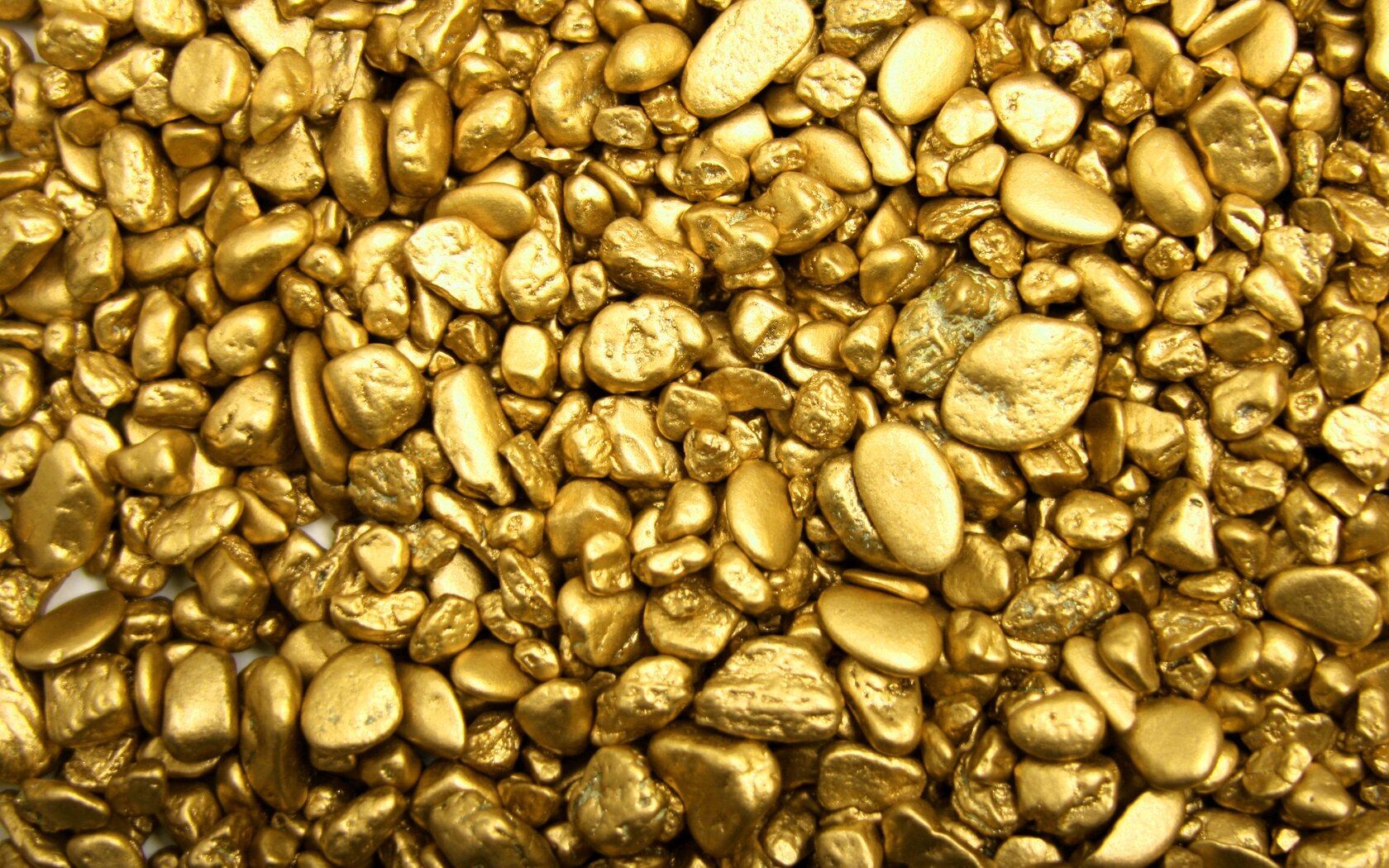 These days with the recent flood of gold mining TV shows it seems so easy. They give the impression that all you have to do is show up with an excavator and a wash plant and you’ll start pulling out nuggets. Often these shows have some arbitrary budget that the miner needs to reach by the end of the season. Just seeing numbers like $500,000 per season will get anyone excited. You may be thinking if they can get that I can at least get $1000 on a random claim. Spending an hour per night watching guys pour jars full of gold flakes on shows like Yukon Gold or Gold Rush Alaska will fuel unrealistic expectations.
These days with the recent flood of gold mining TV shows it seems so easy. They give the impression that all you have to do is show up with an excavator and a wash plant and you’ll start pulling out nuggets. Often these shows have some arbitrary budget that the miner needs to reach by the end of the season. Just seeing numbers like $500,000 per season will get anyone excited. You may be thinking if they can get that I can at least get $1000 on a random claim. Spending an hour per night watching guys pour jars full of gold flakes on shows like Yukon Gold or Gold Rush Alaska will fuel unrealistic expectations.The fact is gold is valuable because it is incredibly rare. The value is largely due to the sweat equity of prospectors and miners who have spent lifetimes searching for the yellow metal. It will be a long road to get your first jar full of gold or even a vial for that matter. Prospecting for gold has an incredibly poor success rate. You will put in hard work, digging, hiking and panning for long hours and won’t see more than a color. Some days you won’t even see that. Gold is defiantly out there but don’t expect to see any in your first pan.
-
Improper technique with equipment
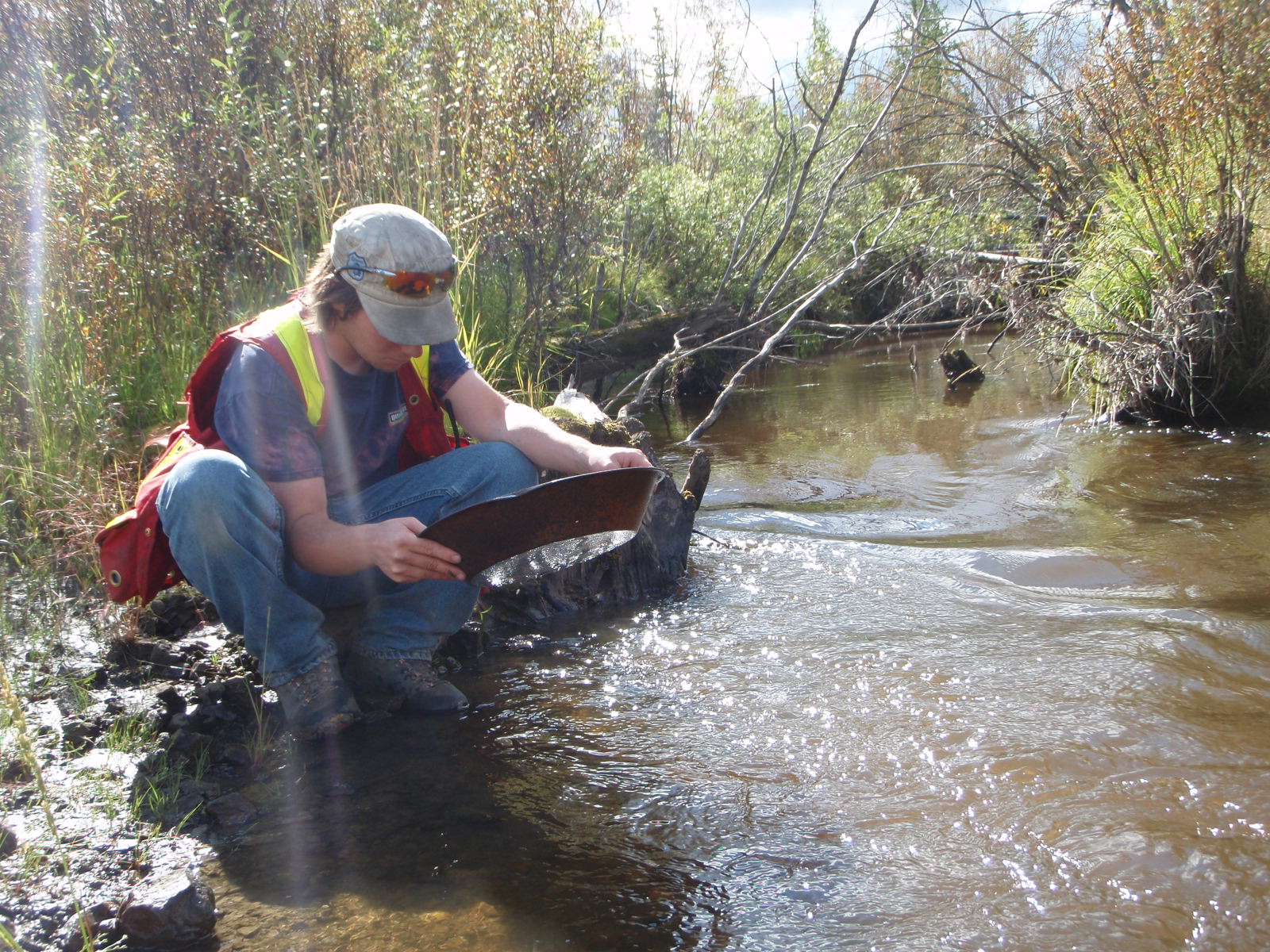
Most placer mining and prospecting equipment requires skill and knowledge to operate effectively. That is part of the appeal to prospecting, its a skill just like any other and takes time to develop. There are a lot of people out there who are not using their gold pans properly and washing gold right out of the pan. Likewise with highbankers, its a common mistake to mine all day with the wrong angle on your sluice. There is a lot of info out there on proper techniques don’t just buy equipment and try to figure it out on your own.The best thing to do is go out with someone who is experienced with the equipment that you want to use. You can watch Youtube videos all day but nothing beats hands on experience. Most placer miners will welcome an extra hand to help work the claim, in the process you will learn everything you need to know.
If you’re looking for some experienced miners to hang out with, check out the WCP Mining Club.

